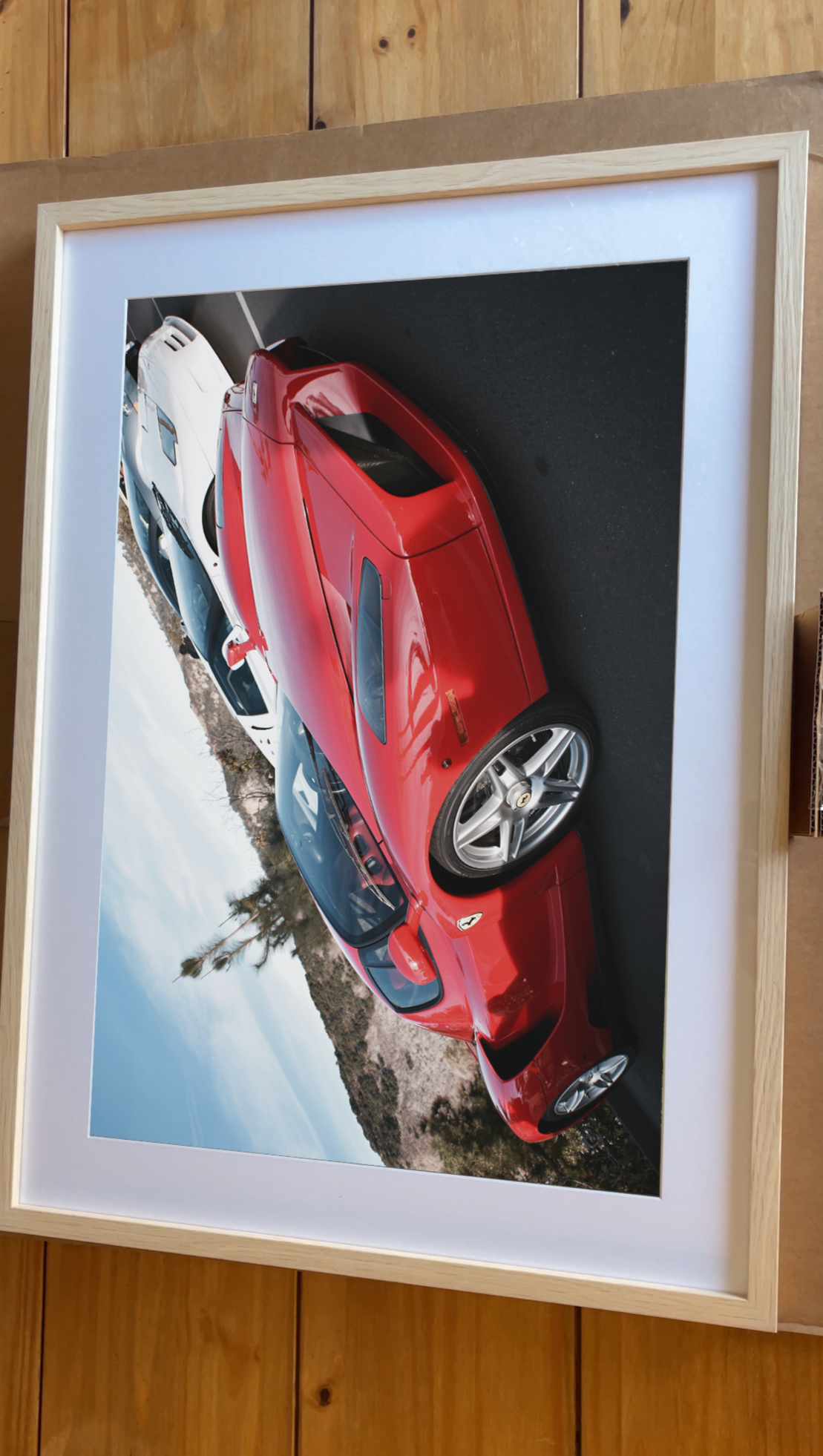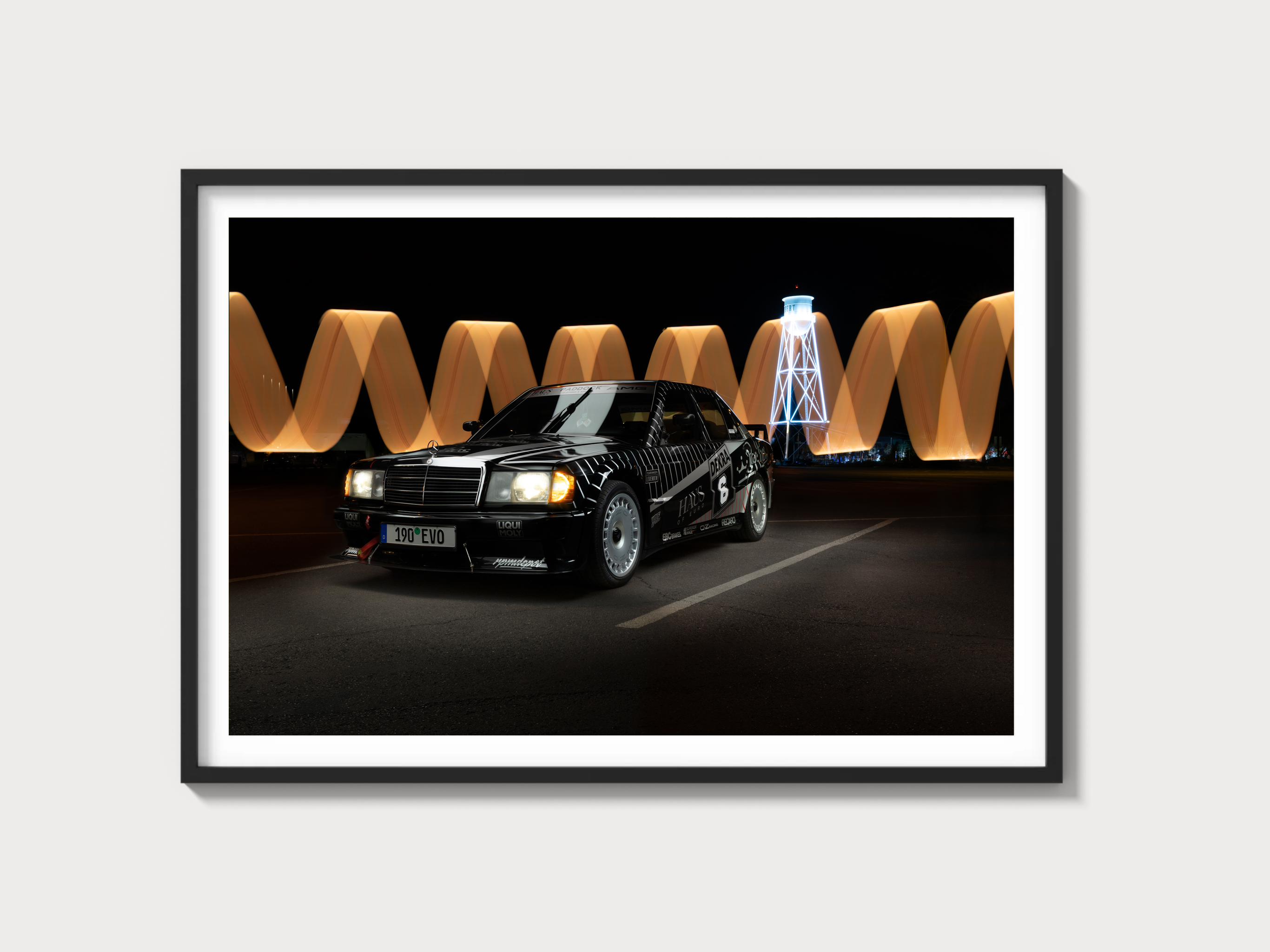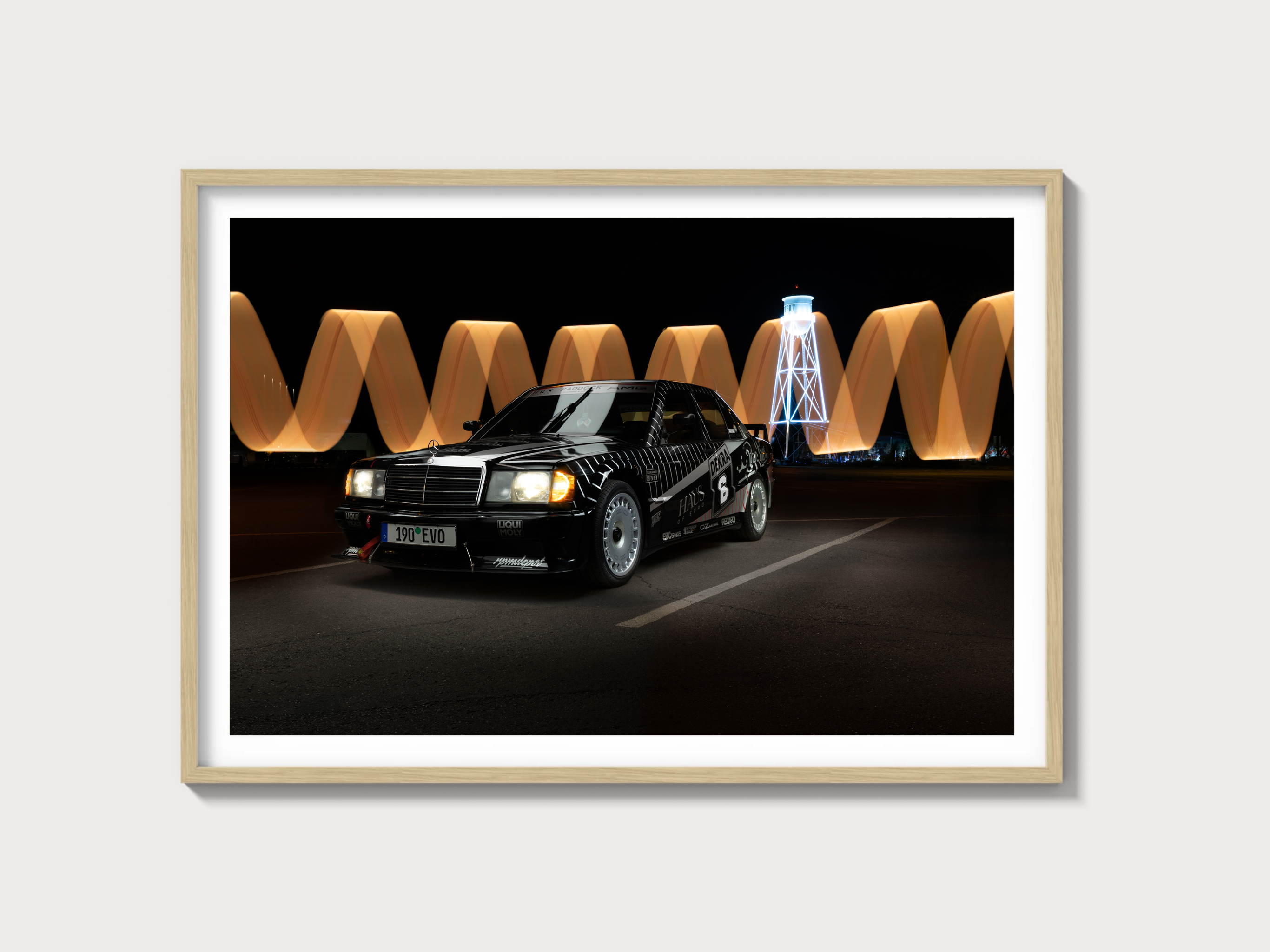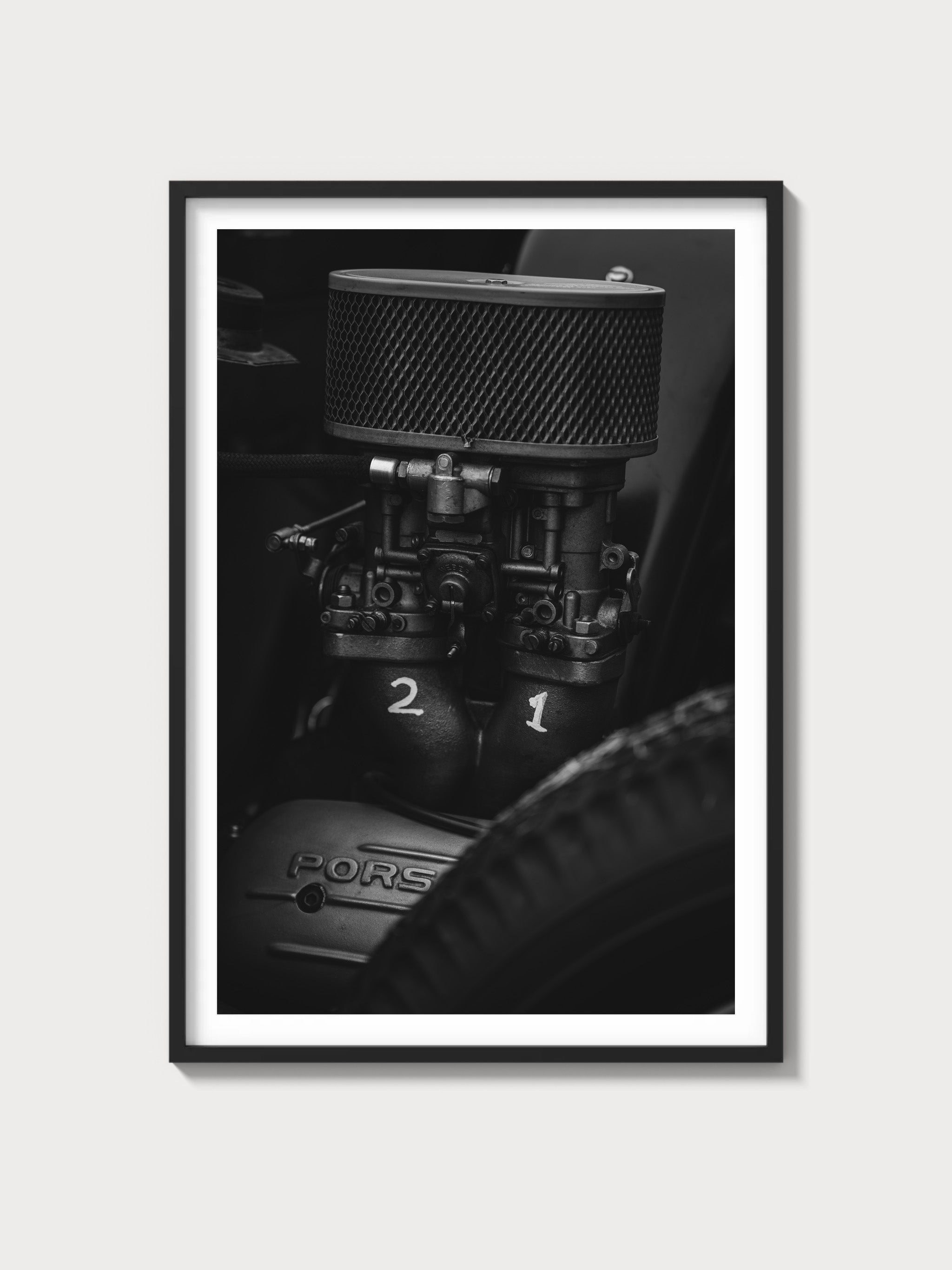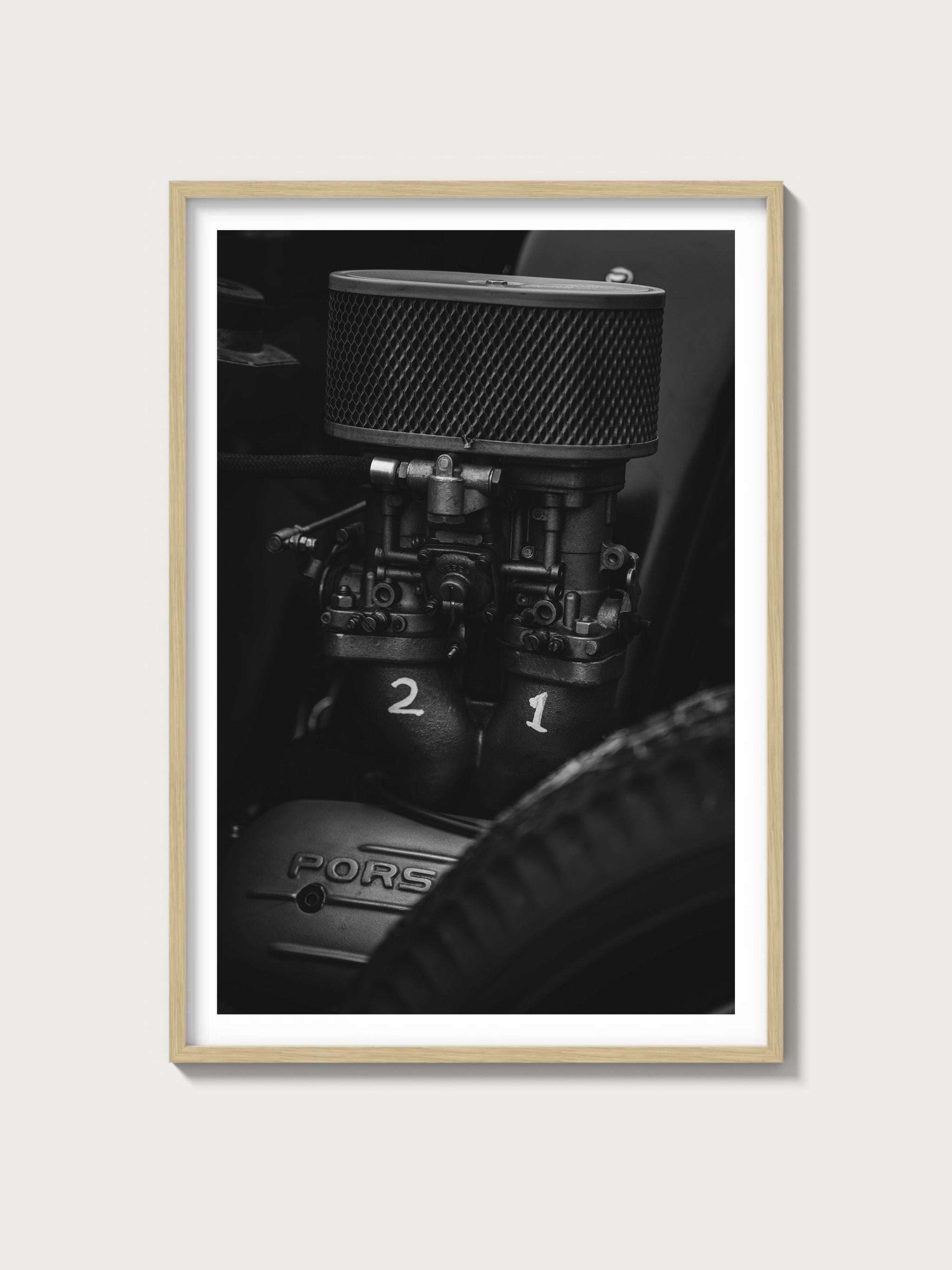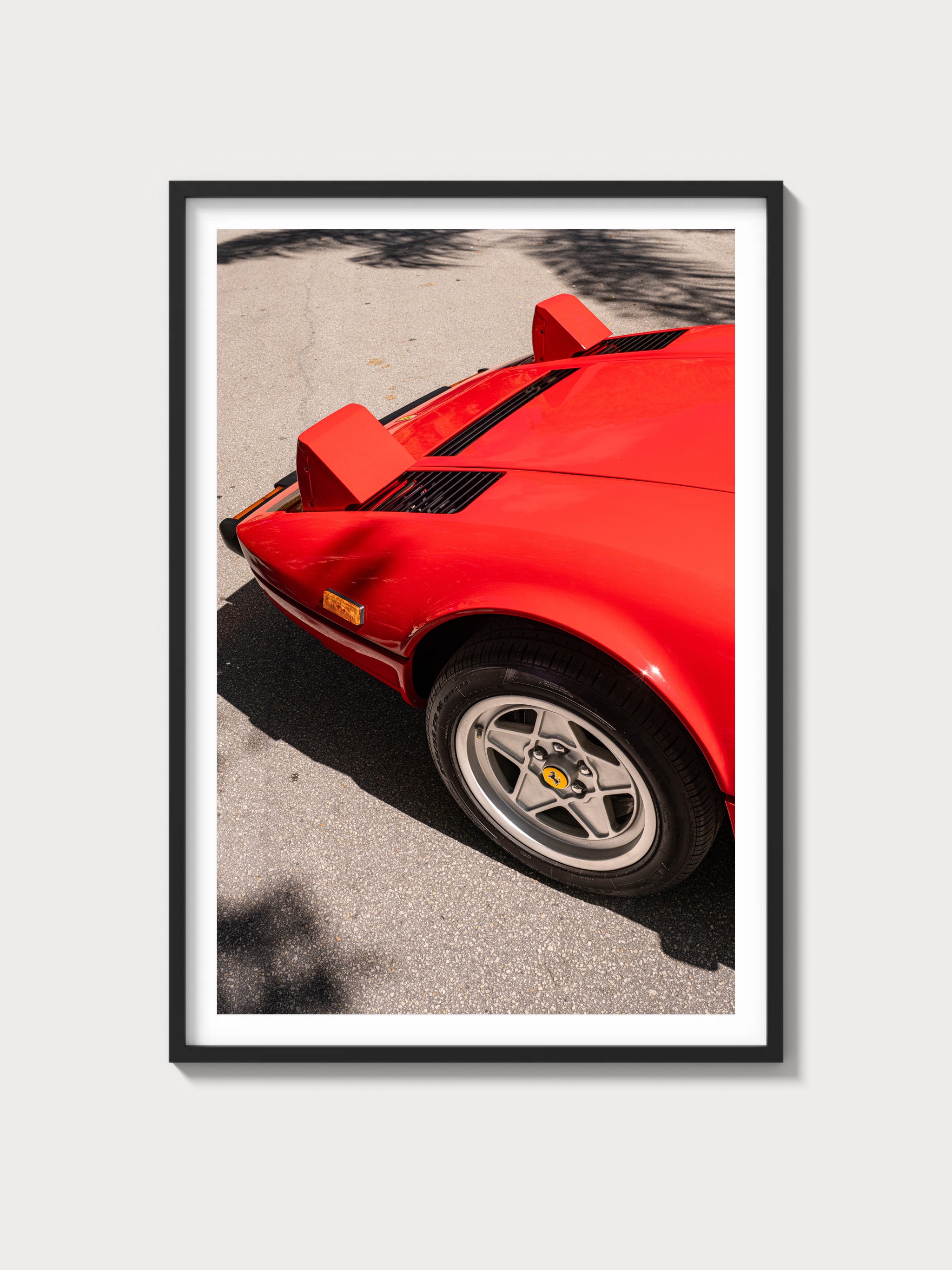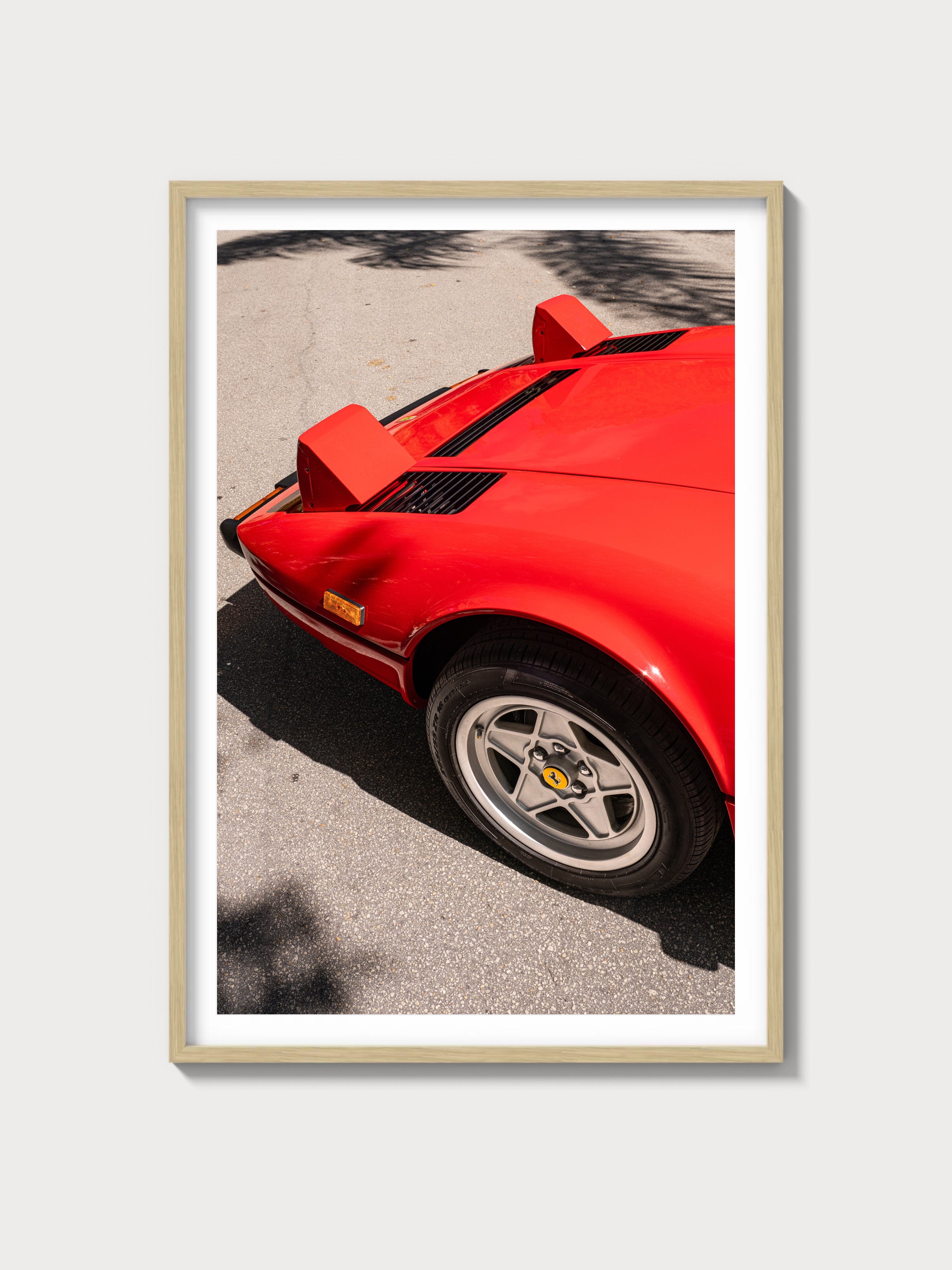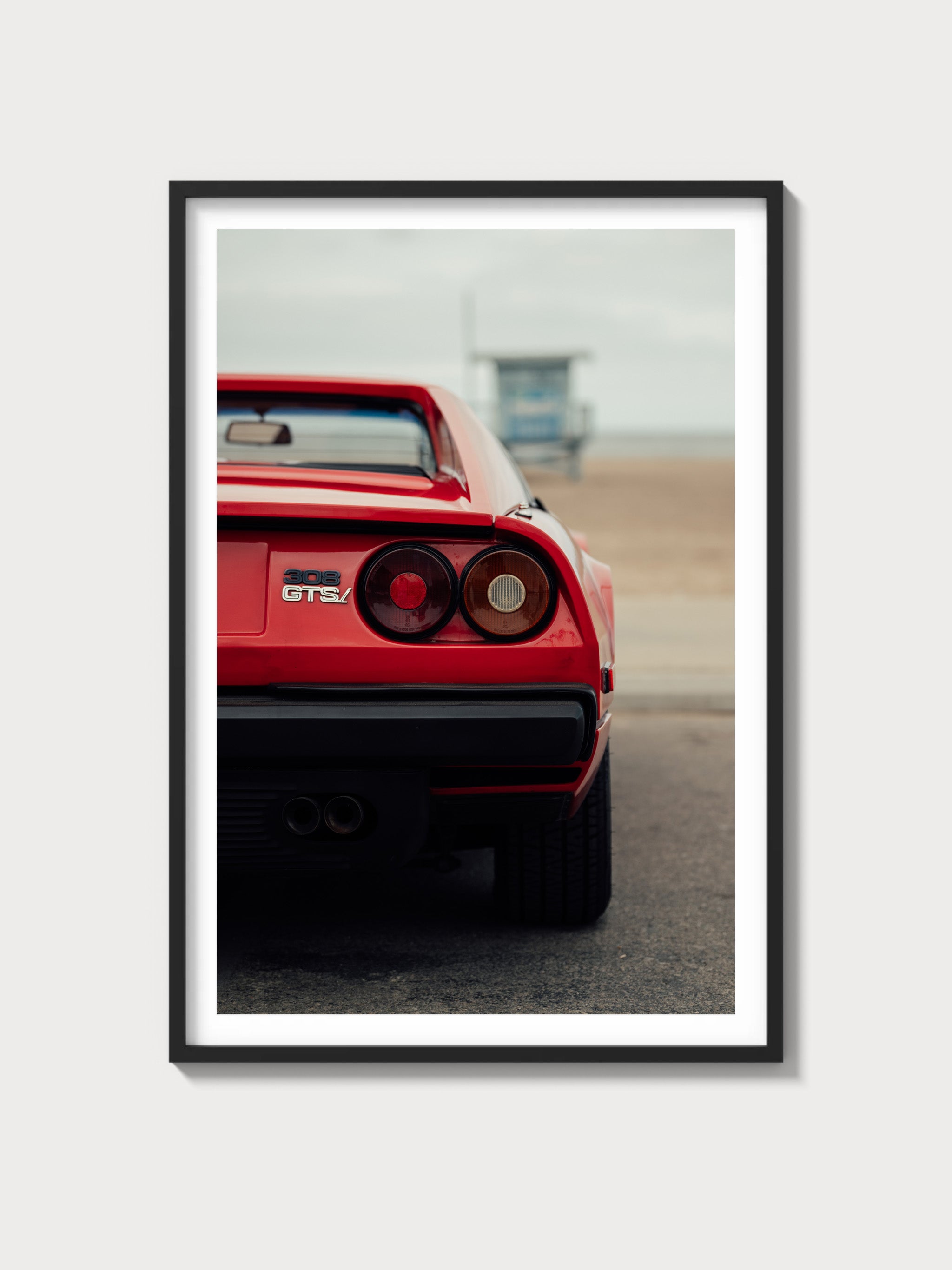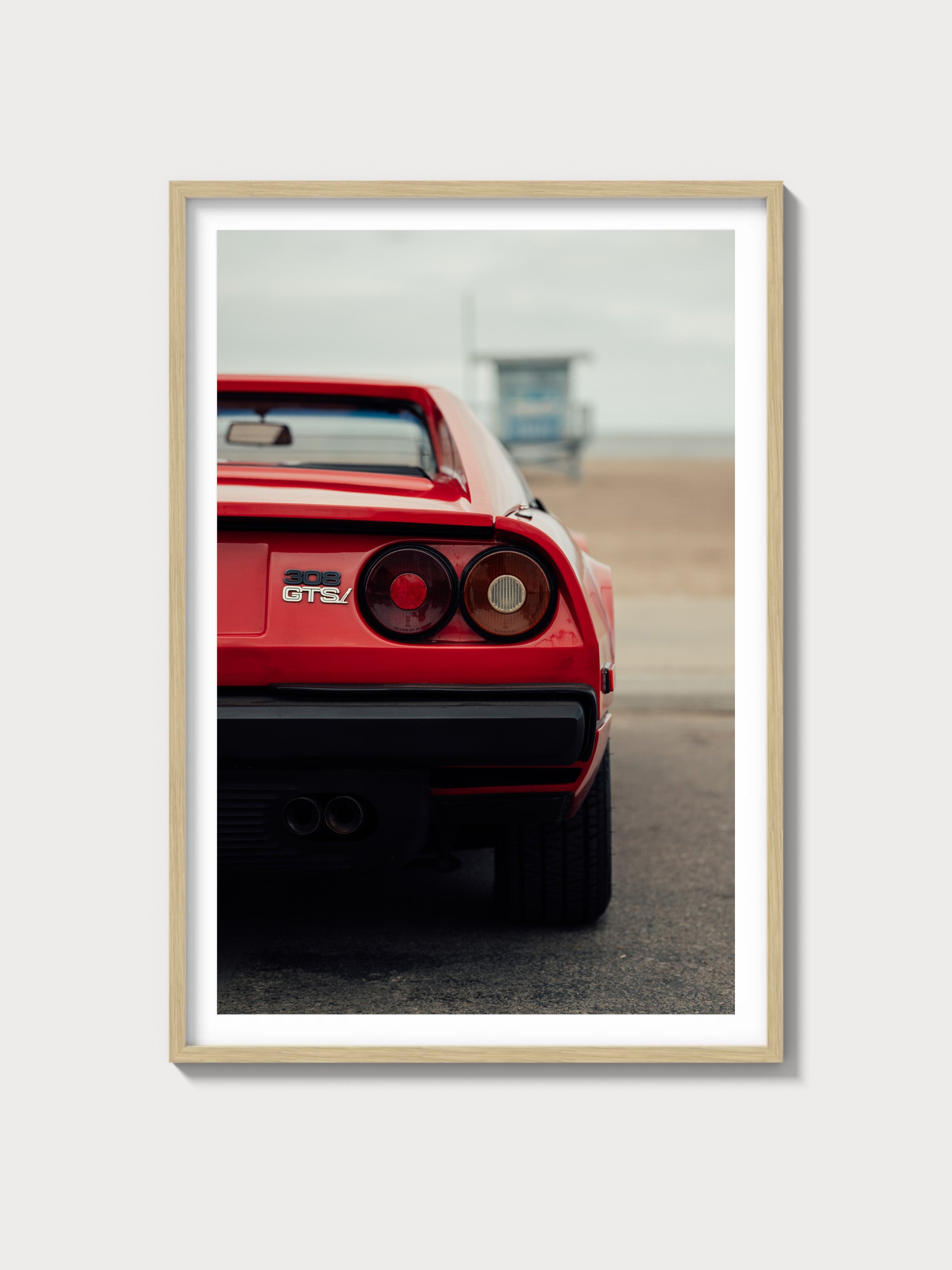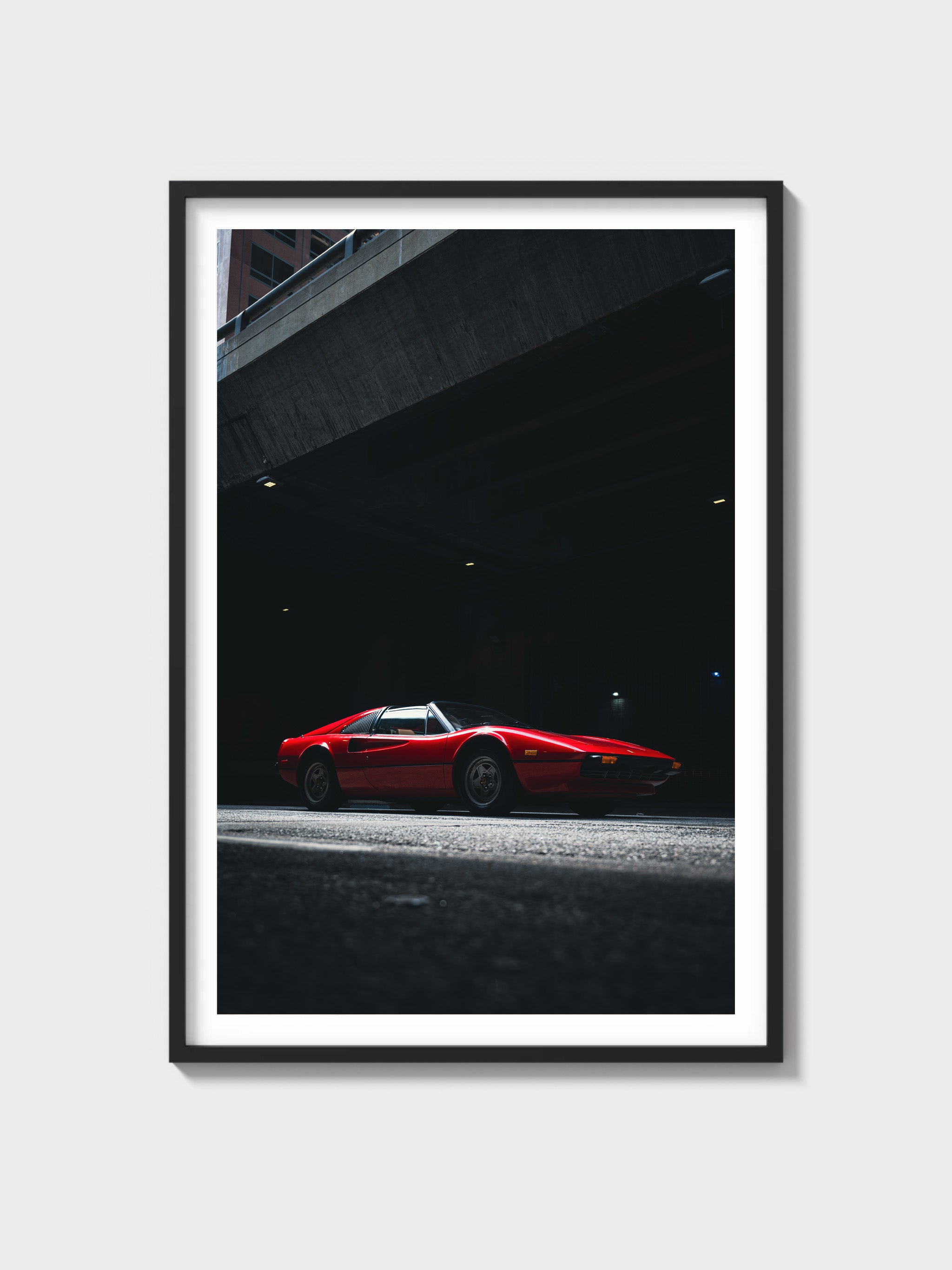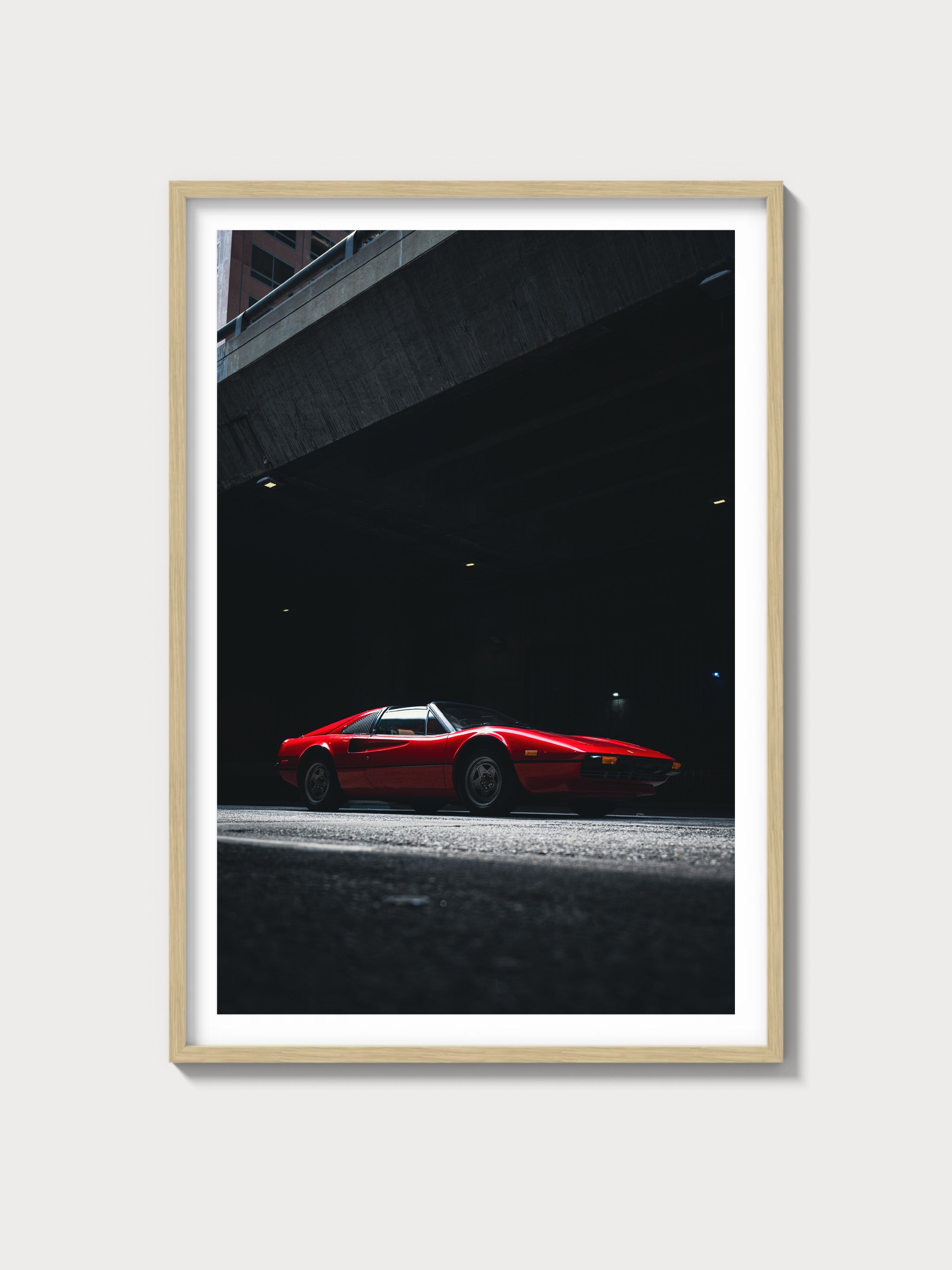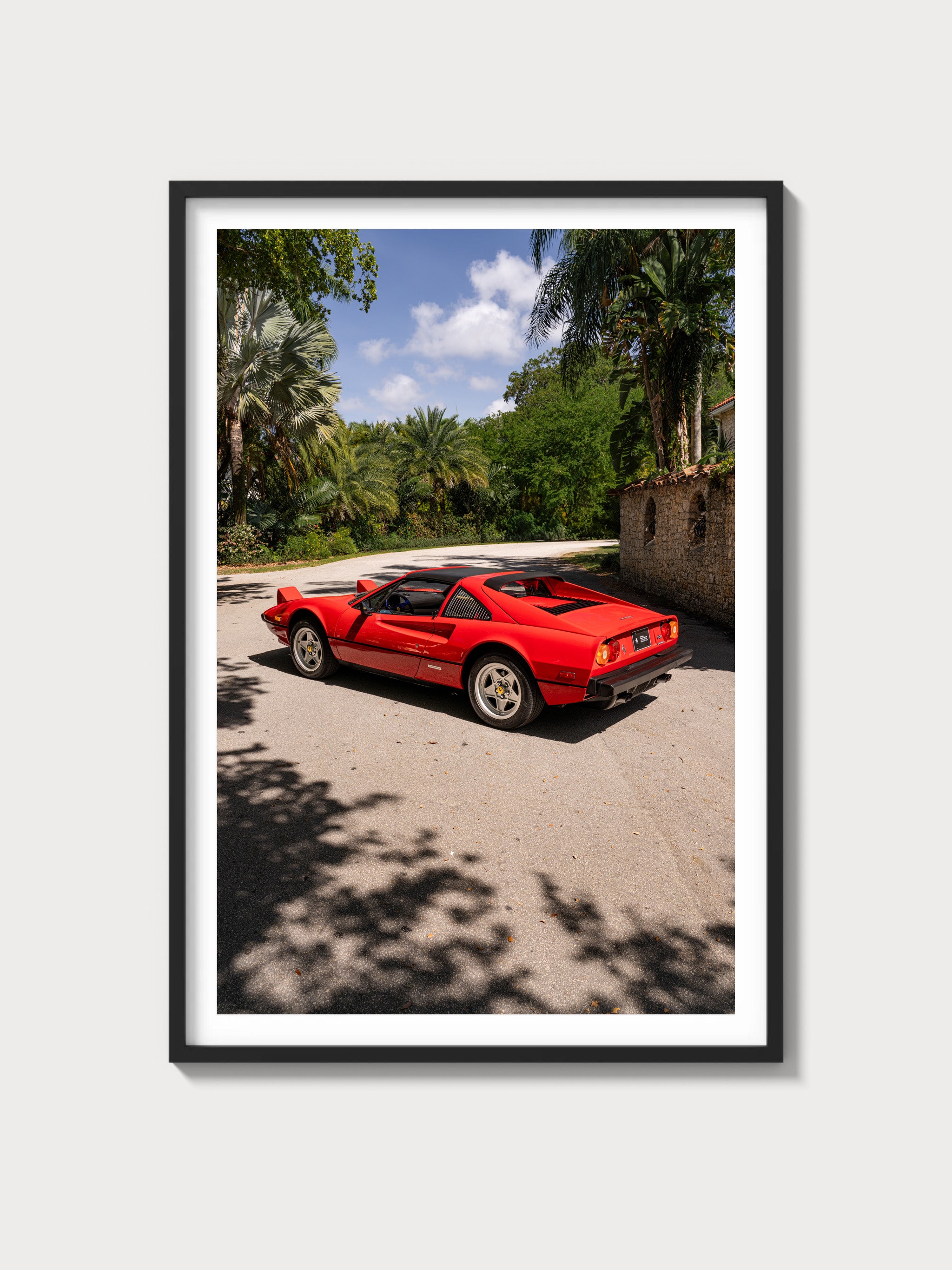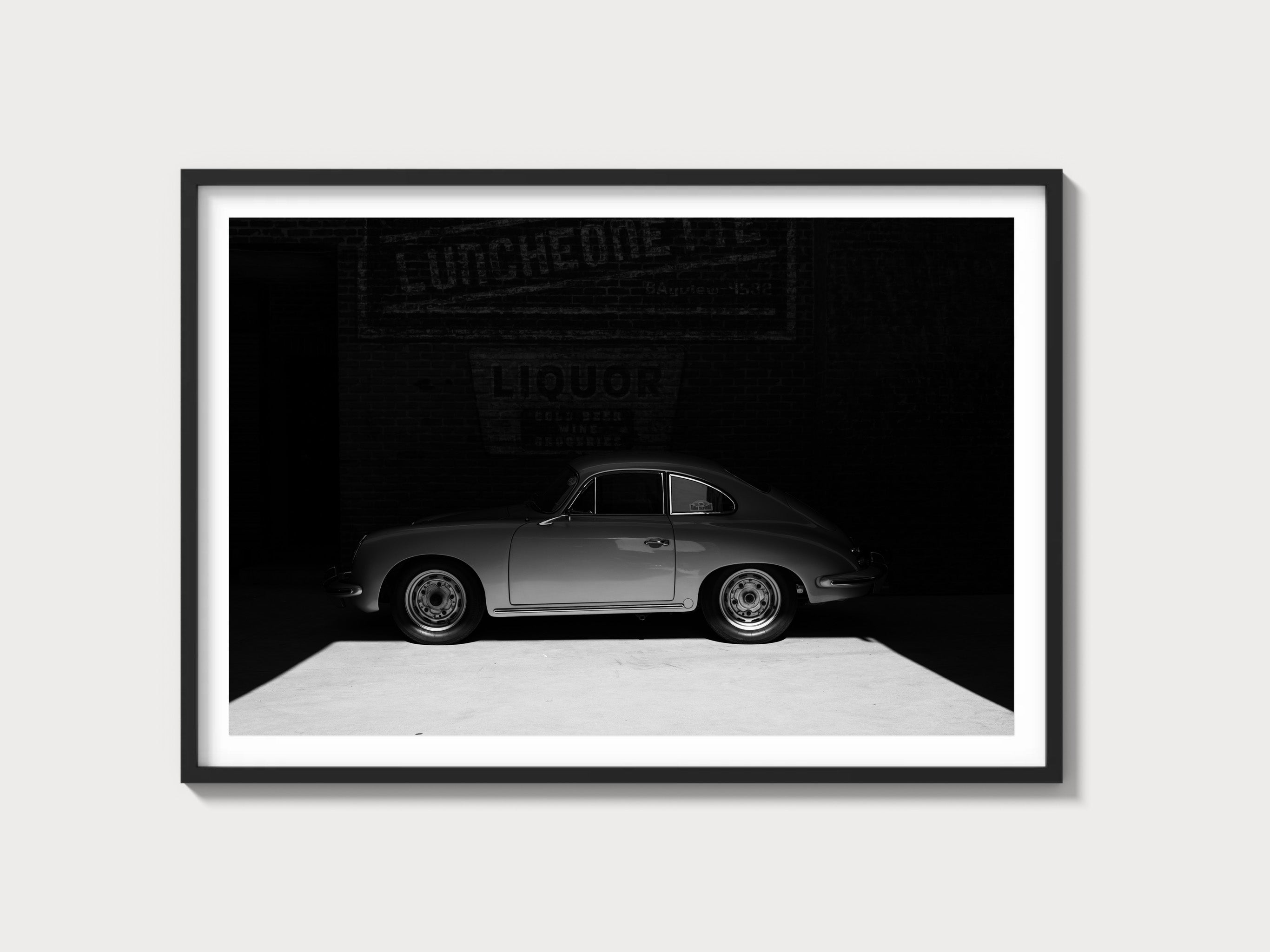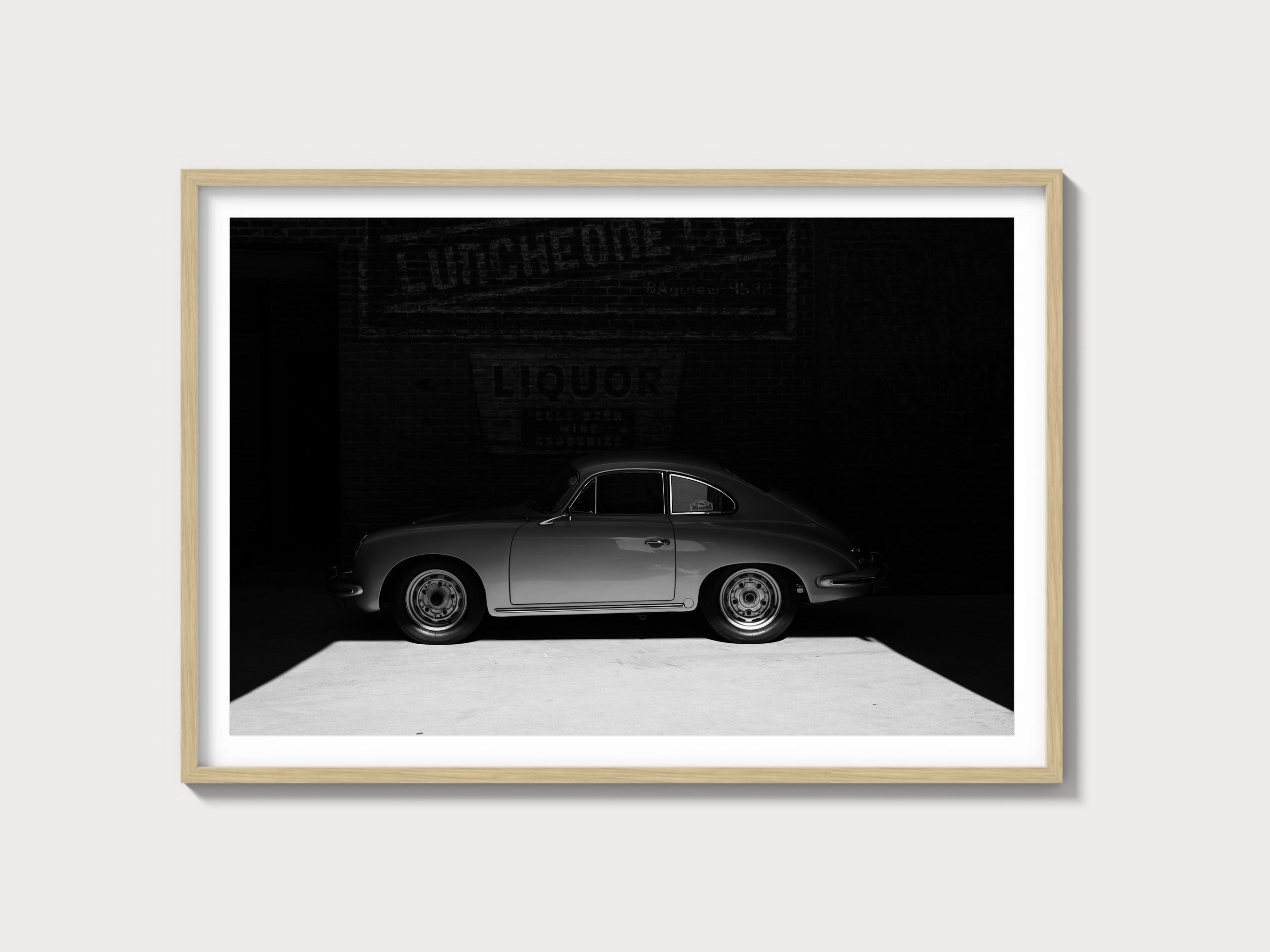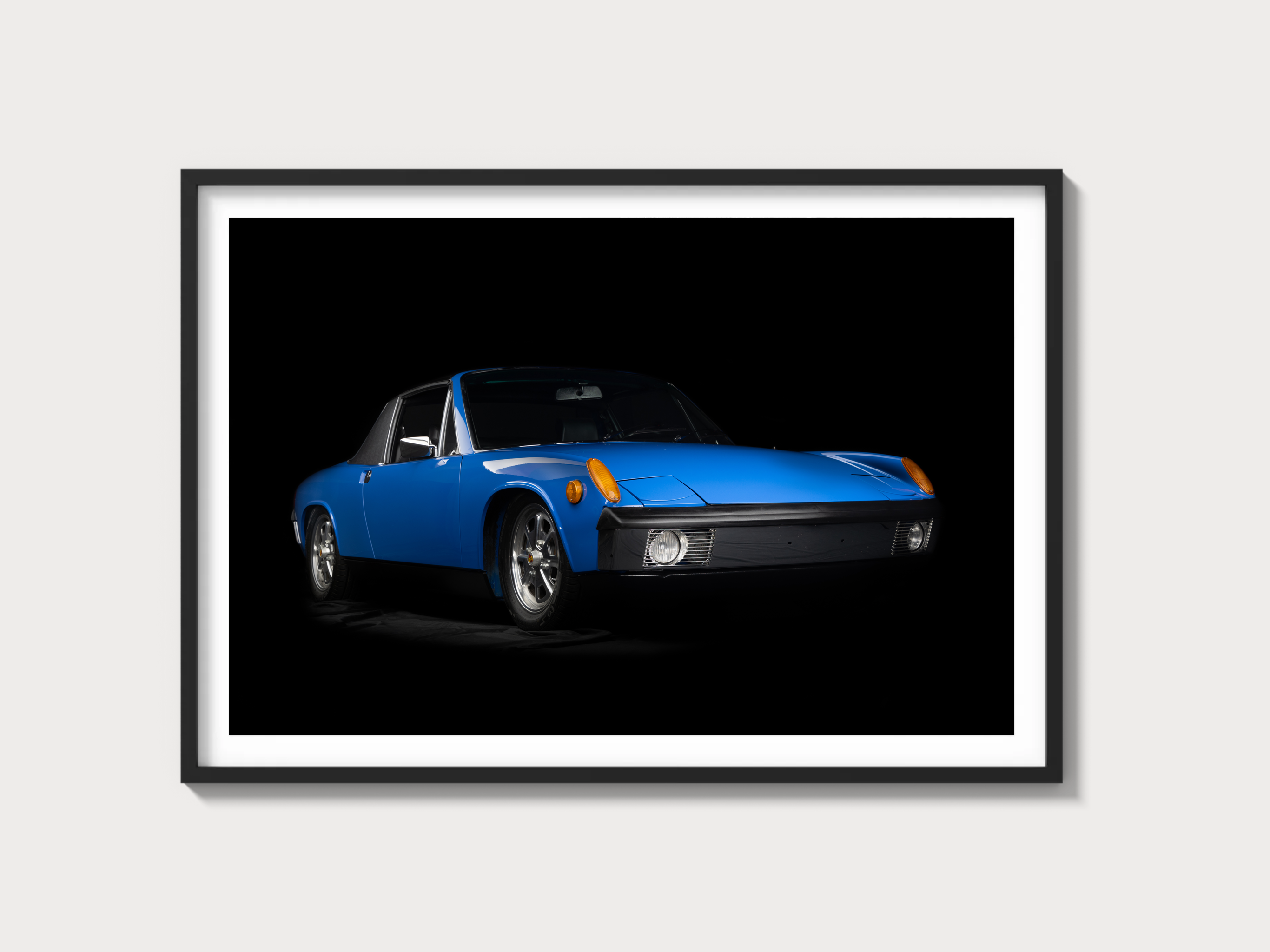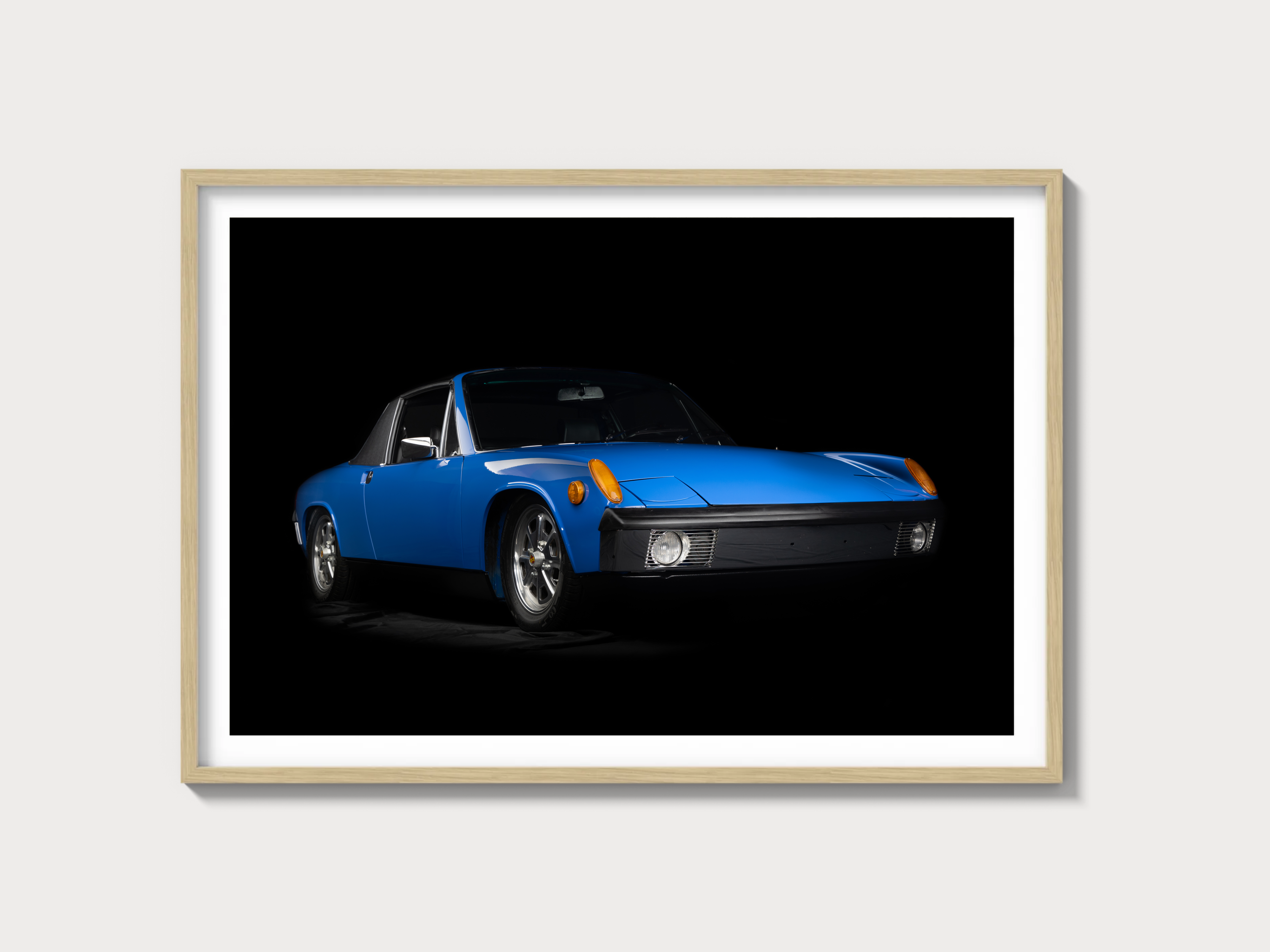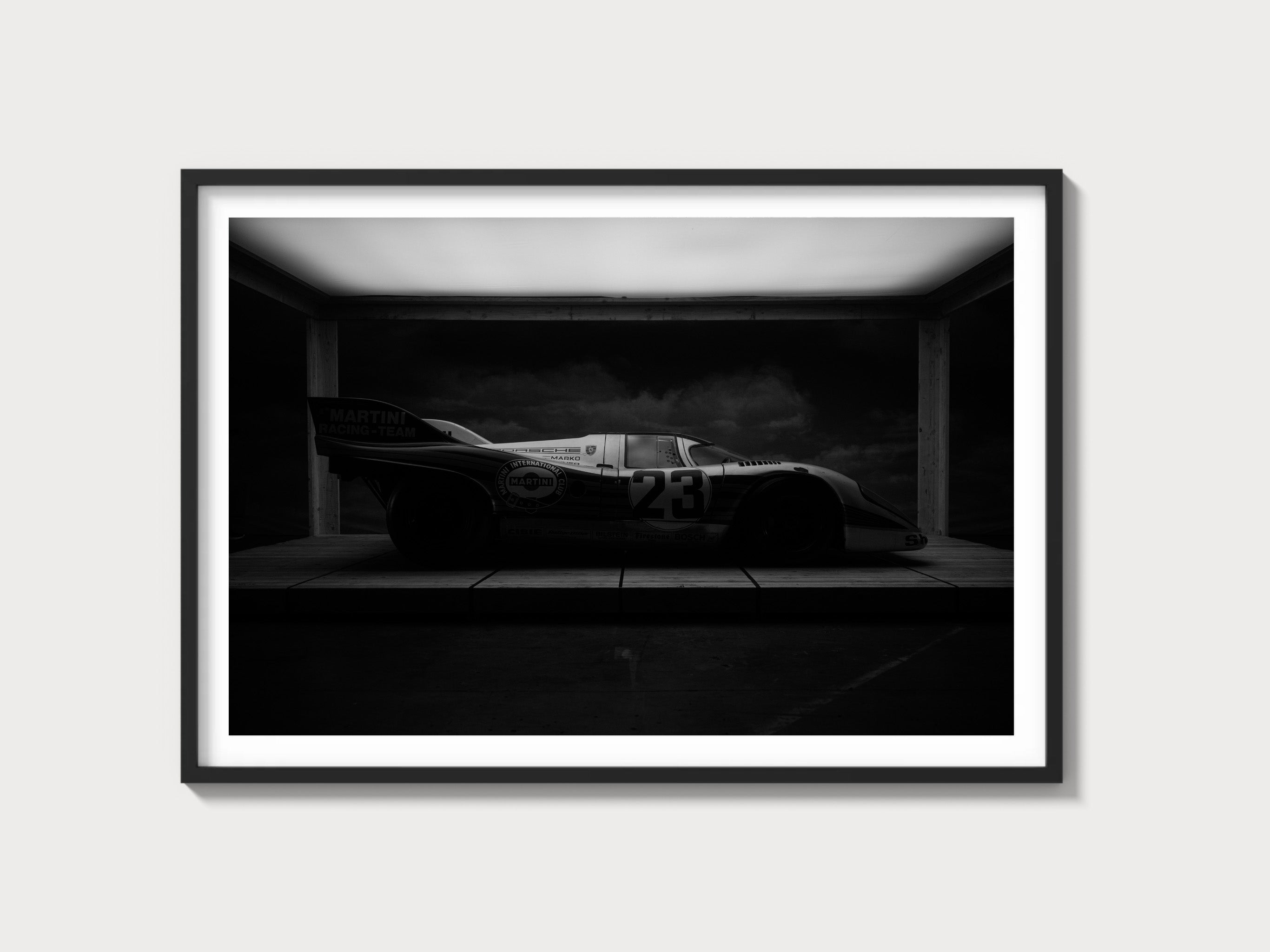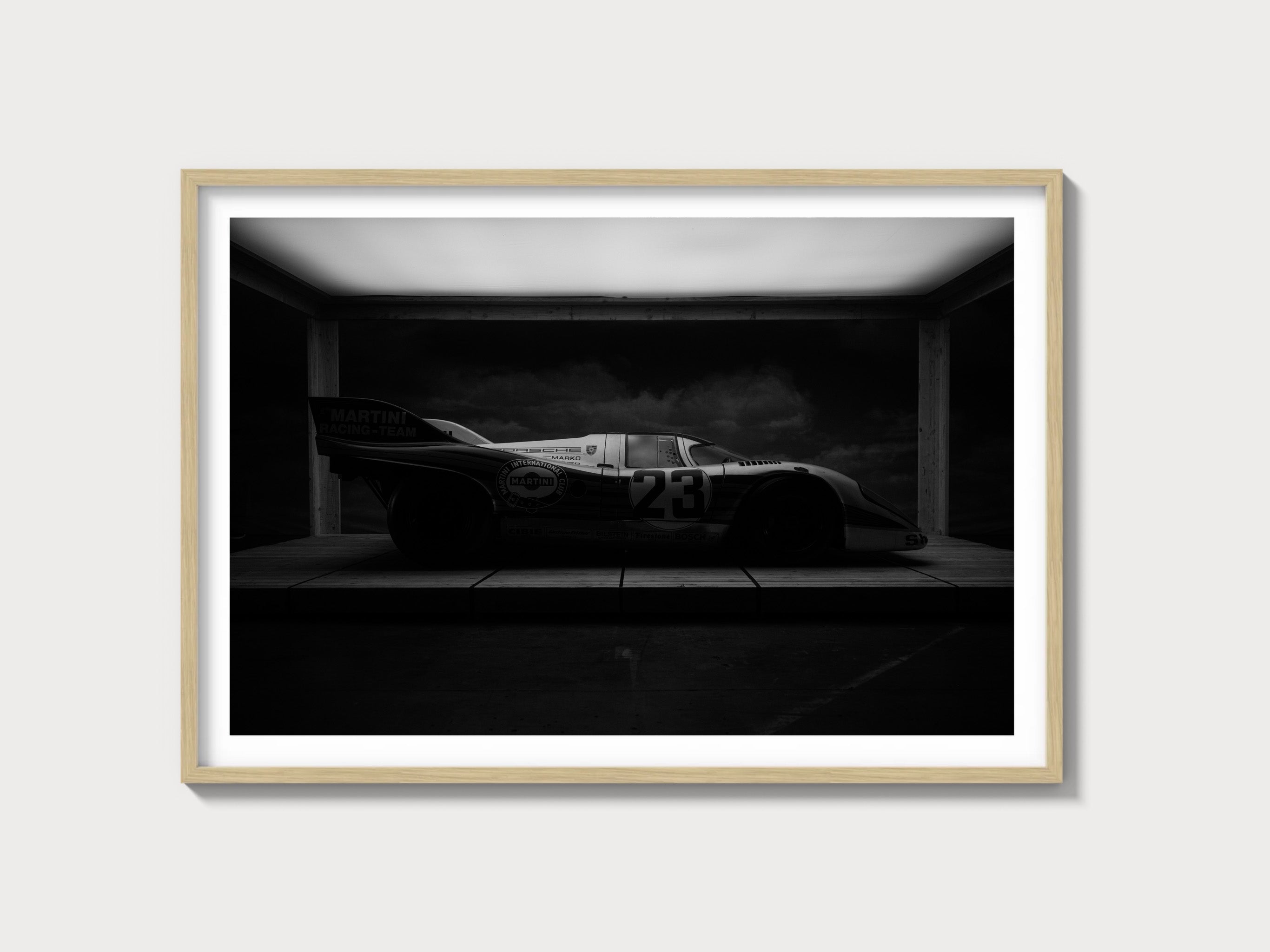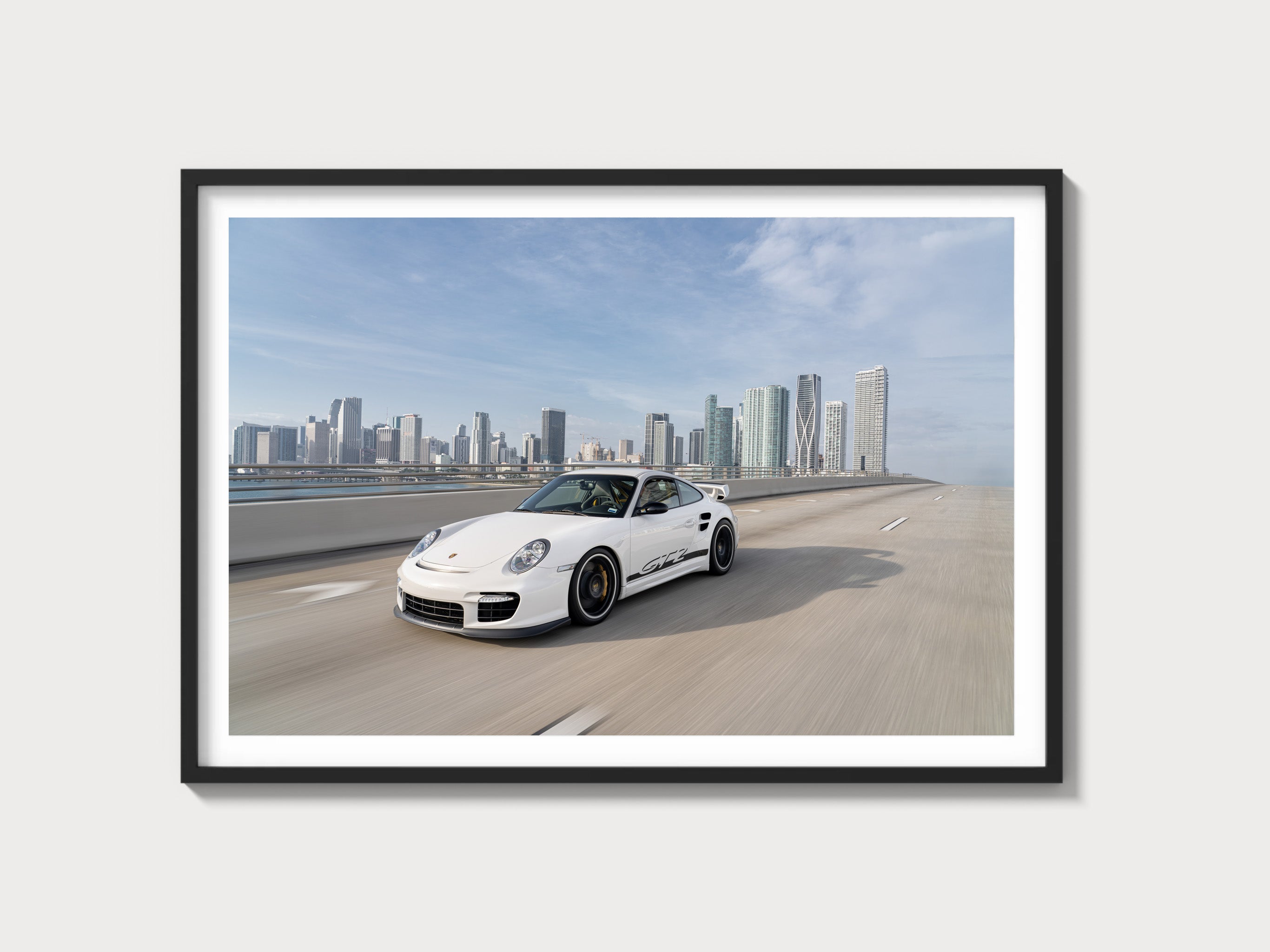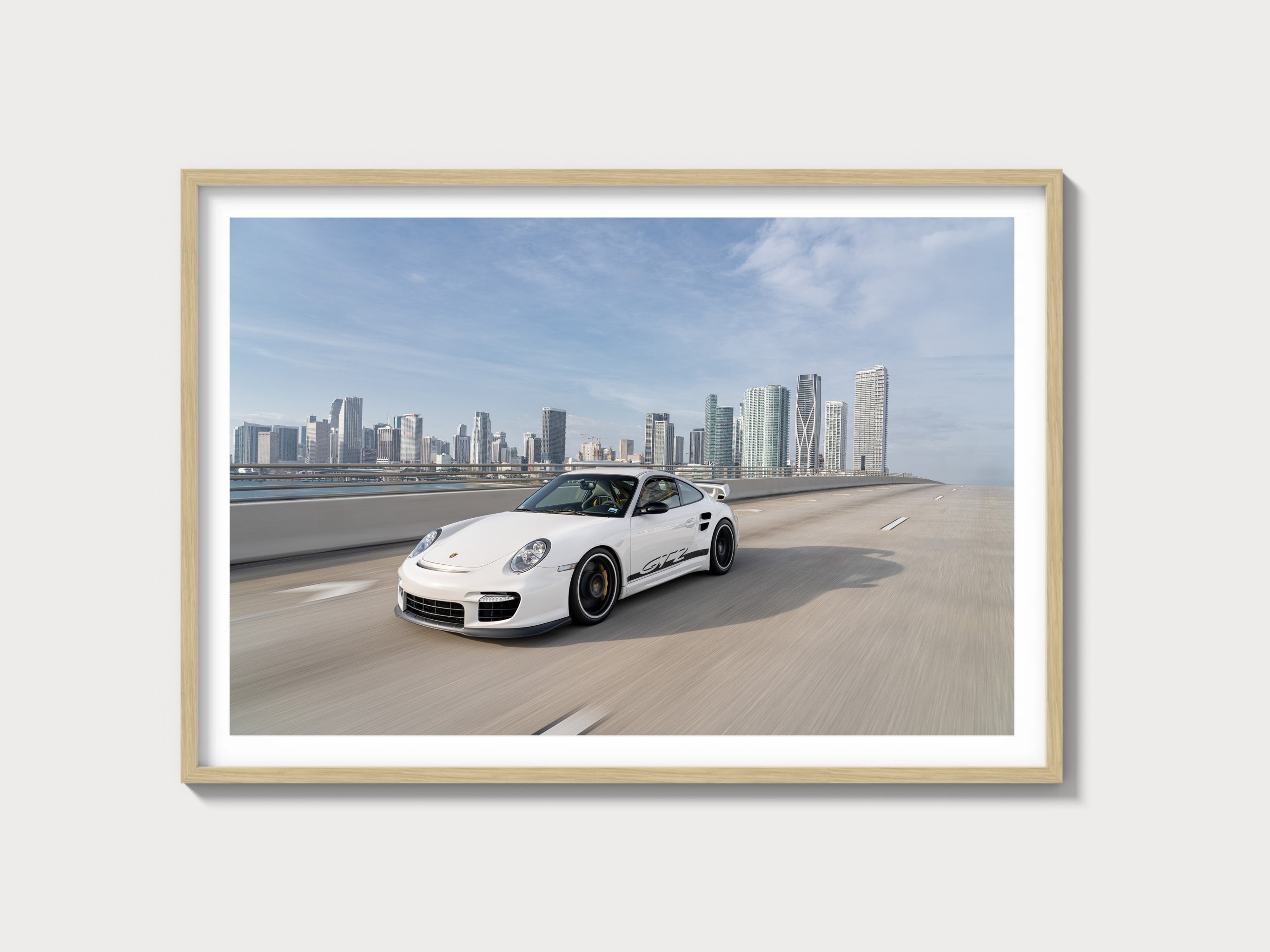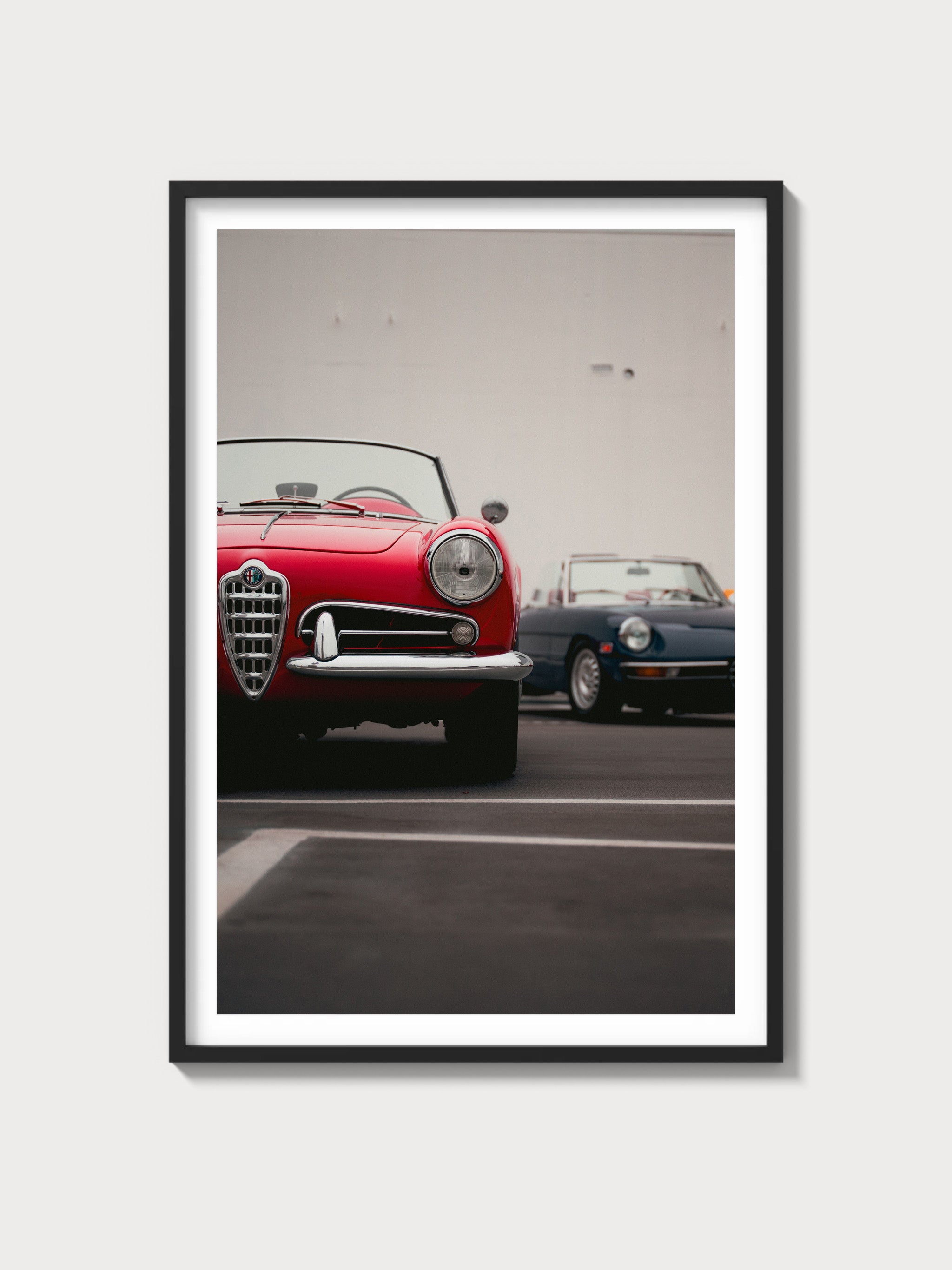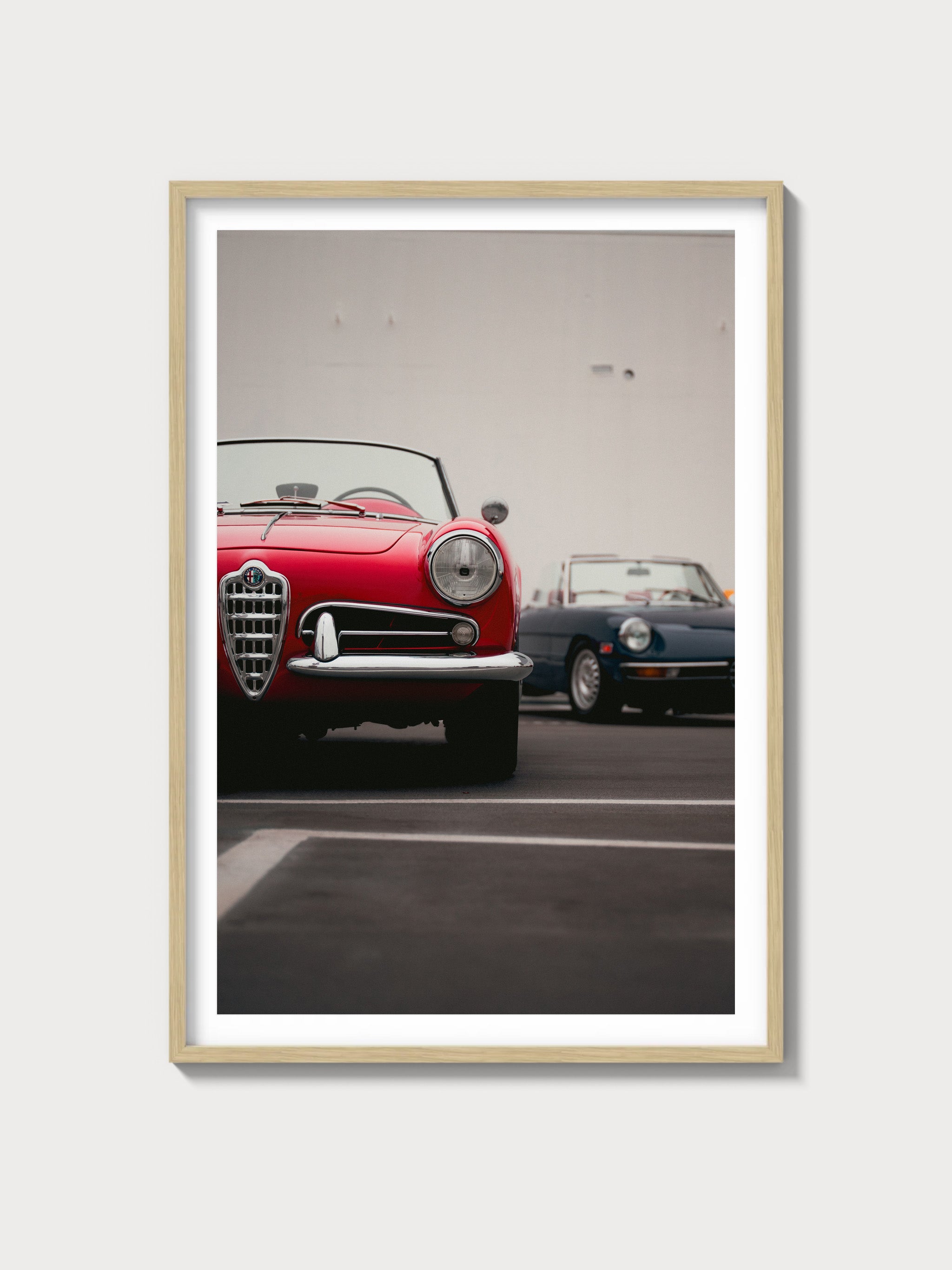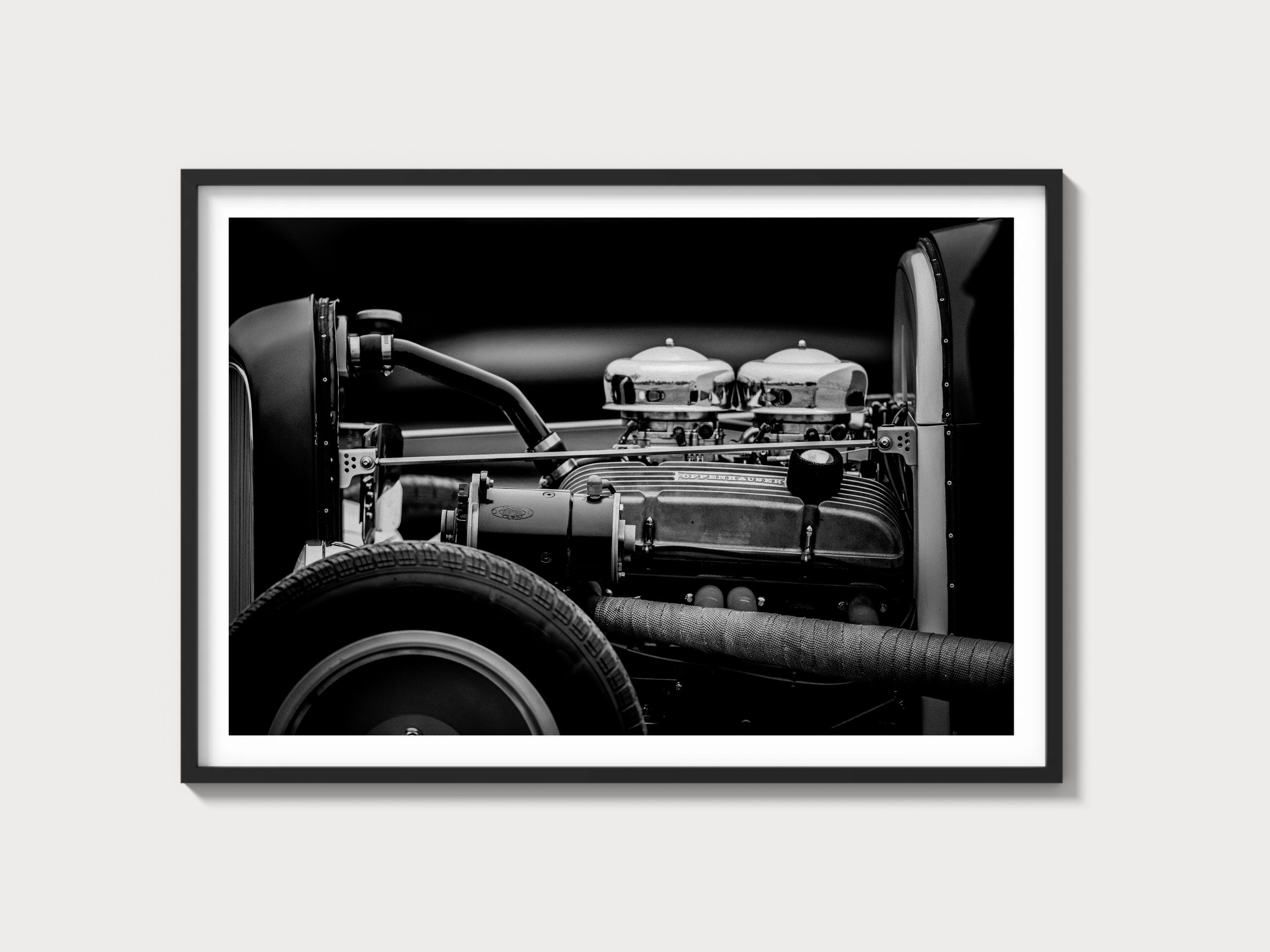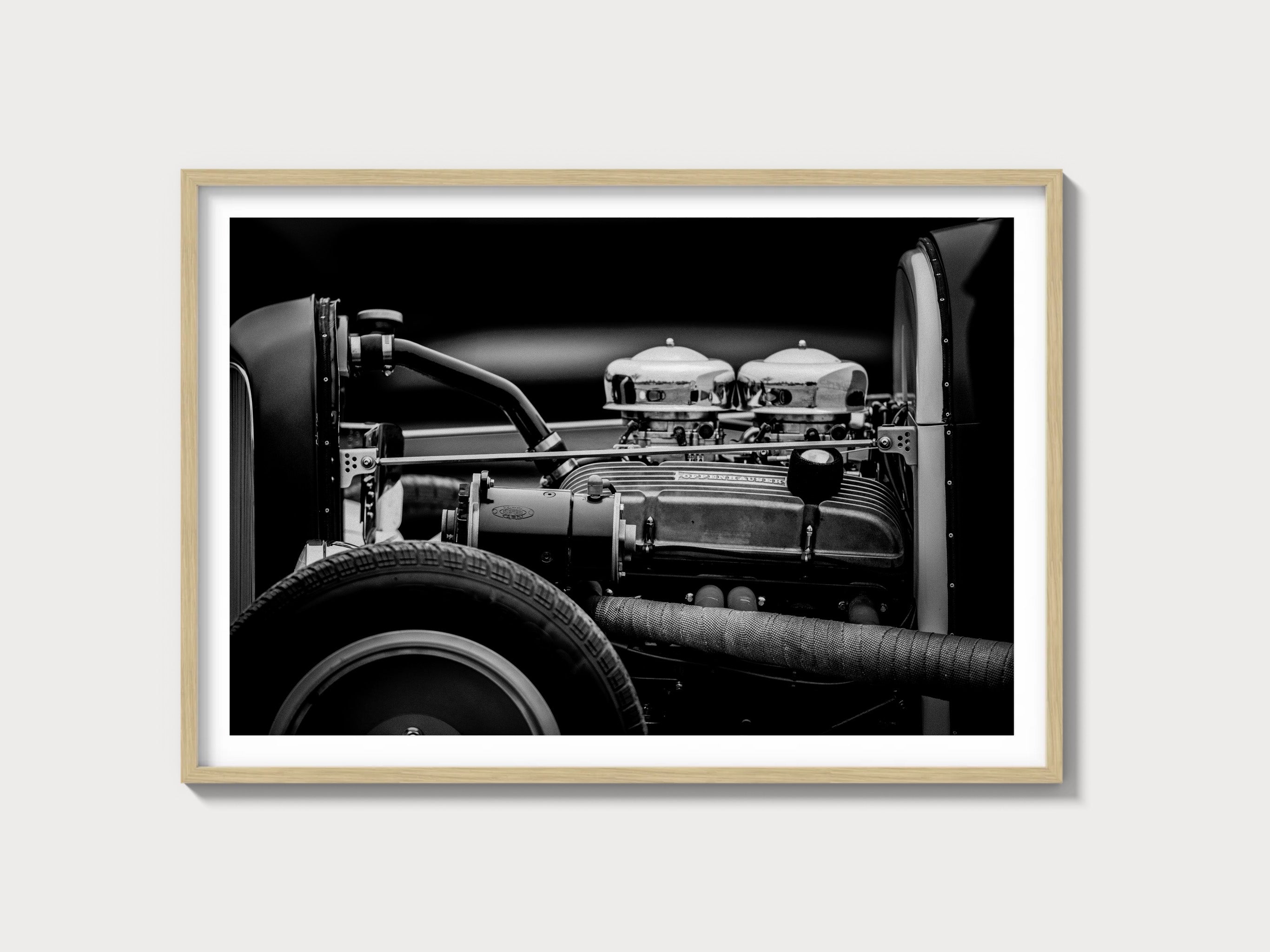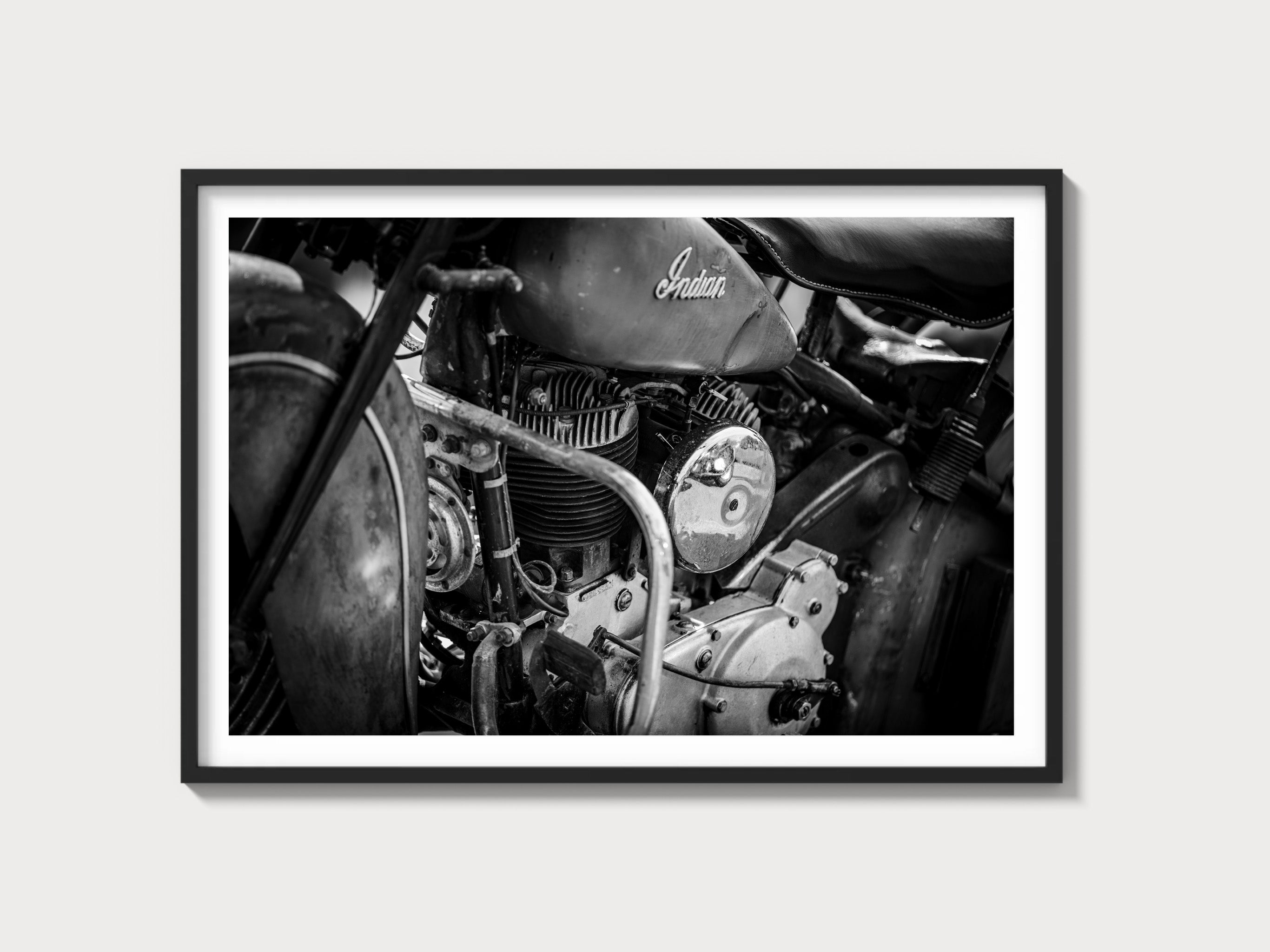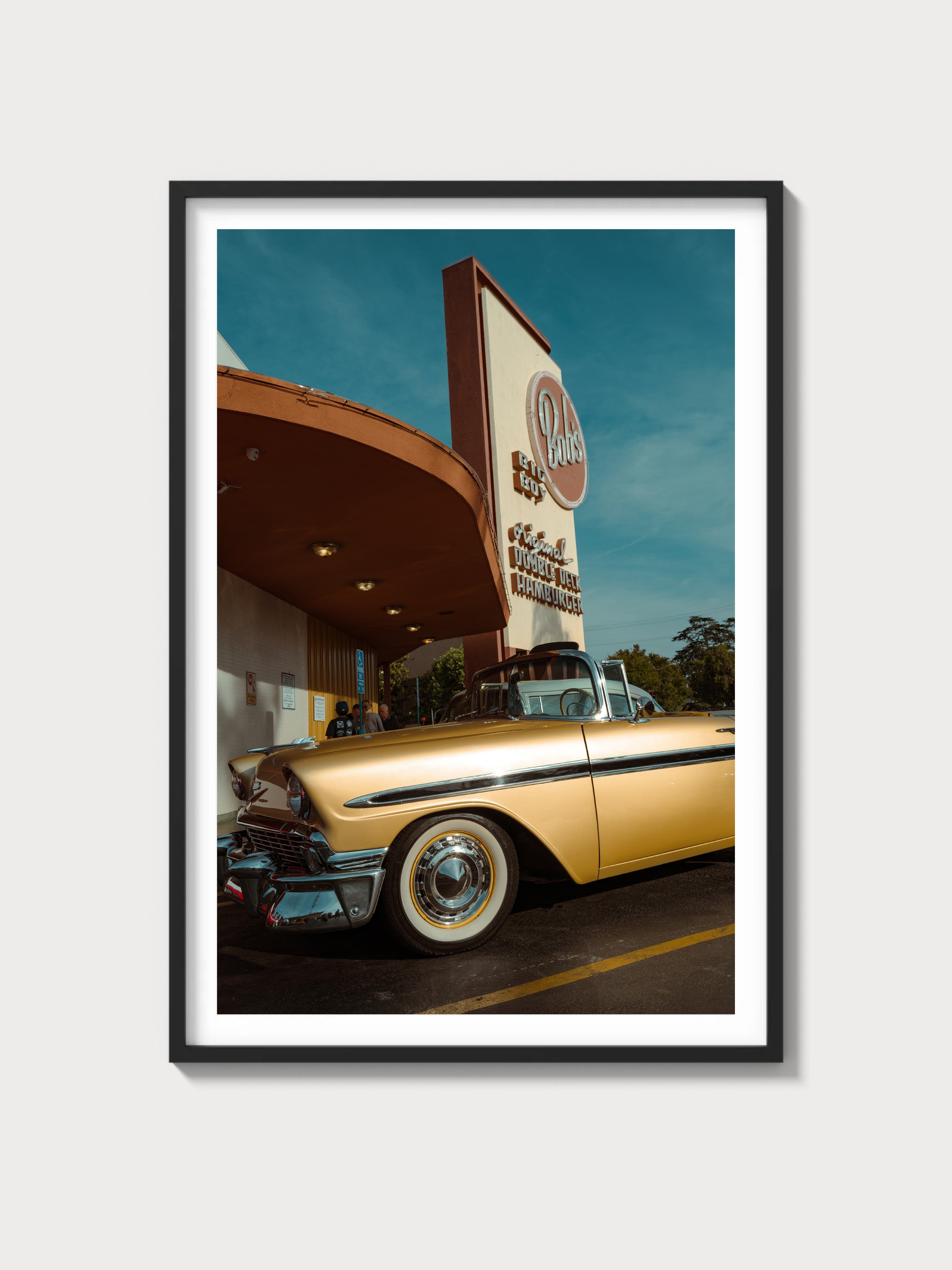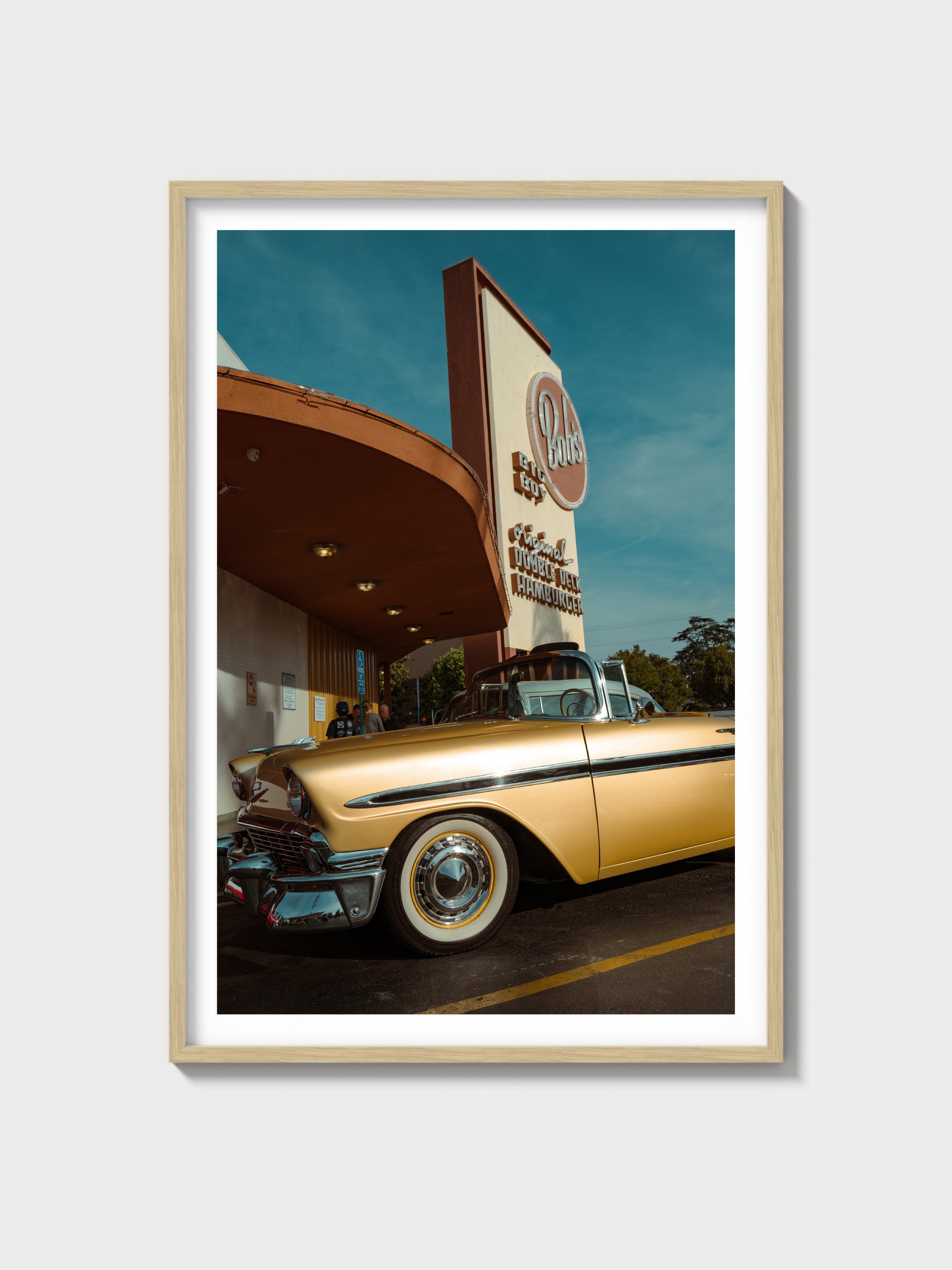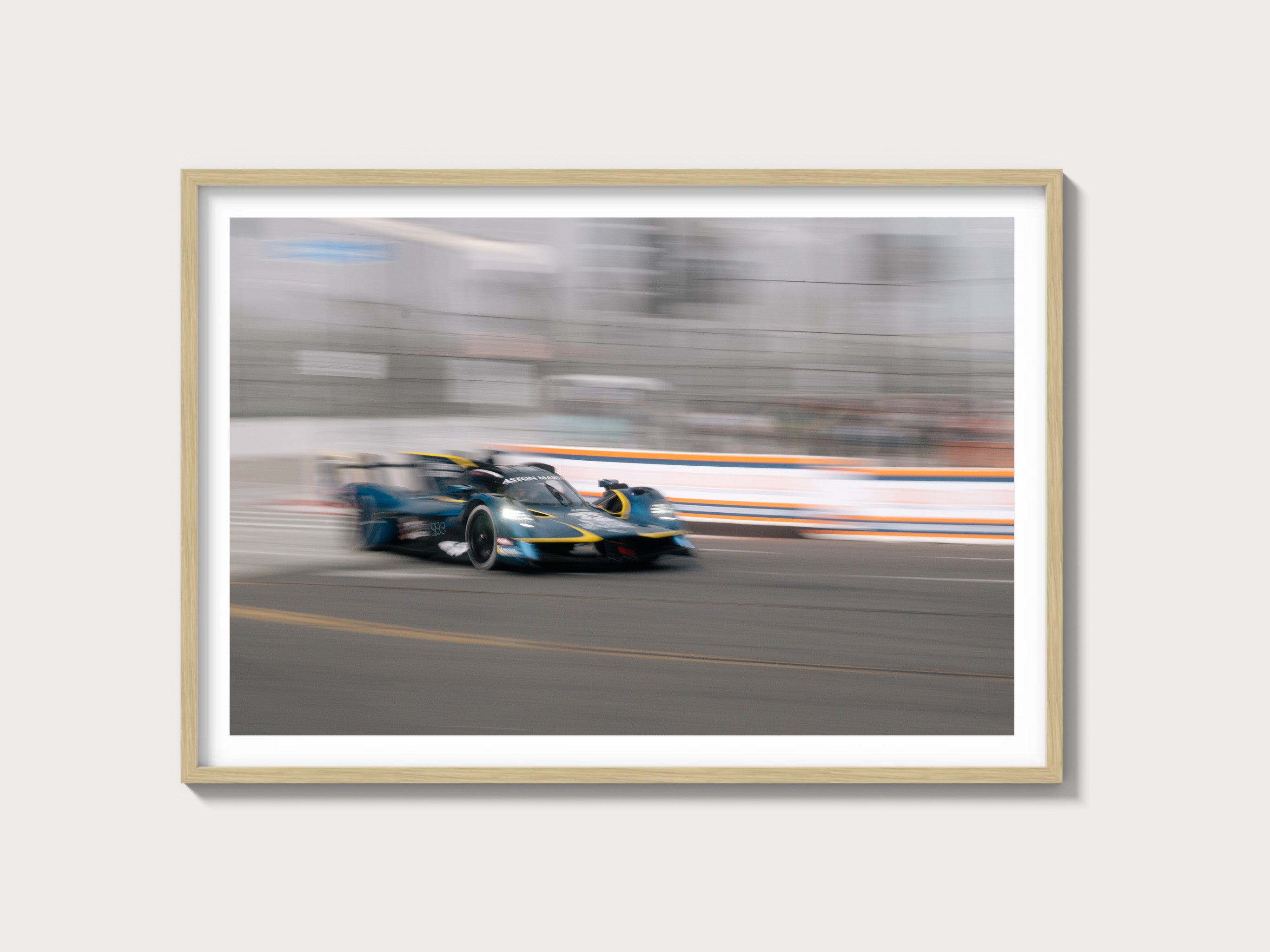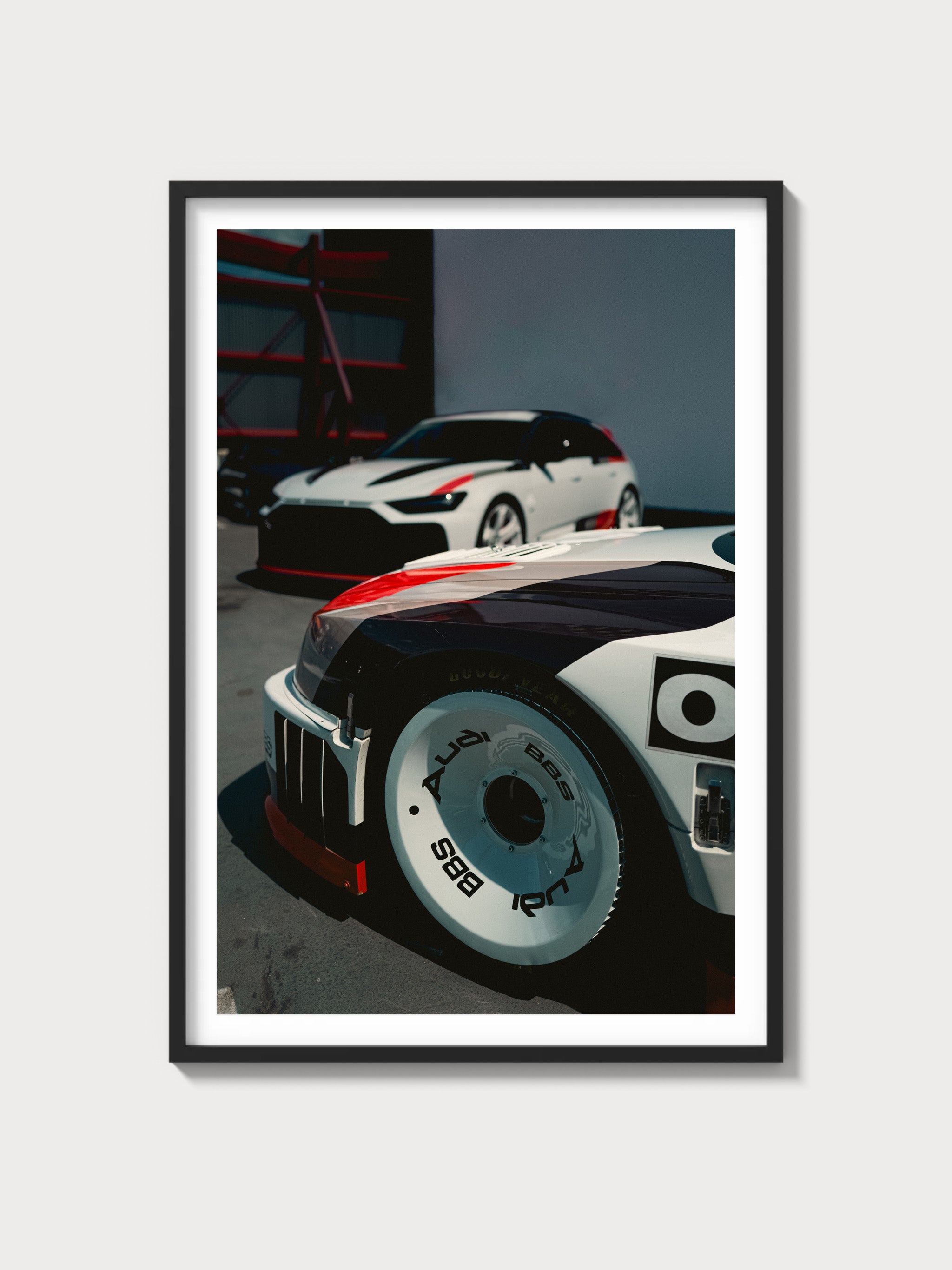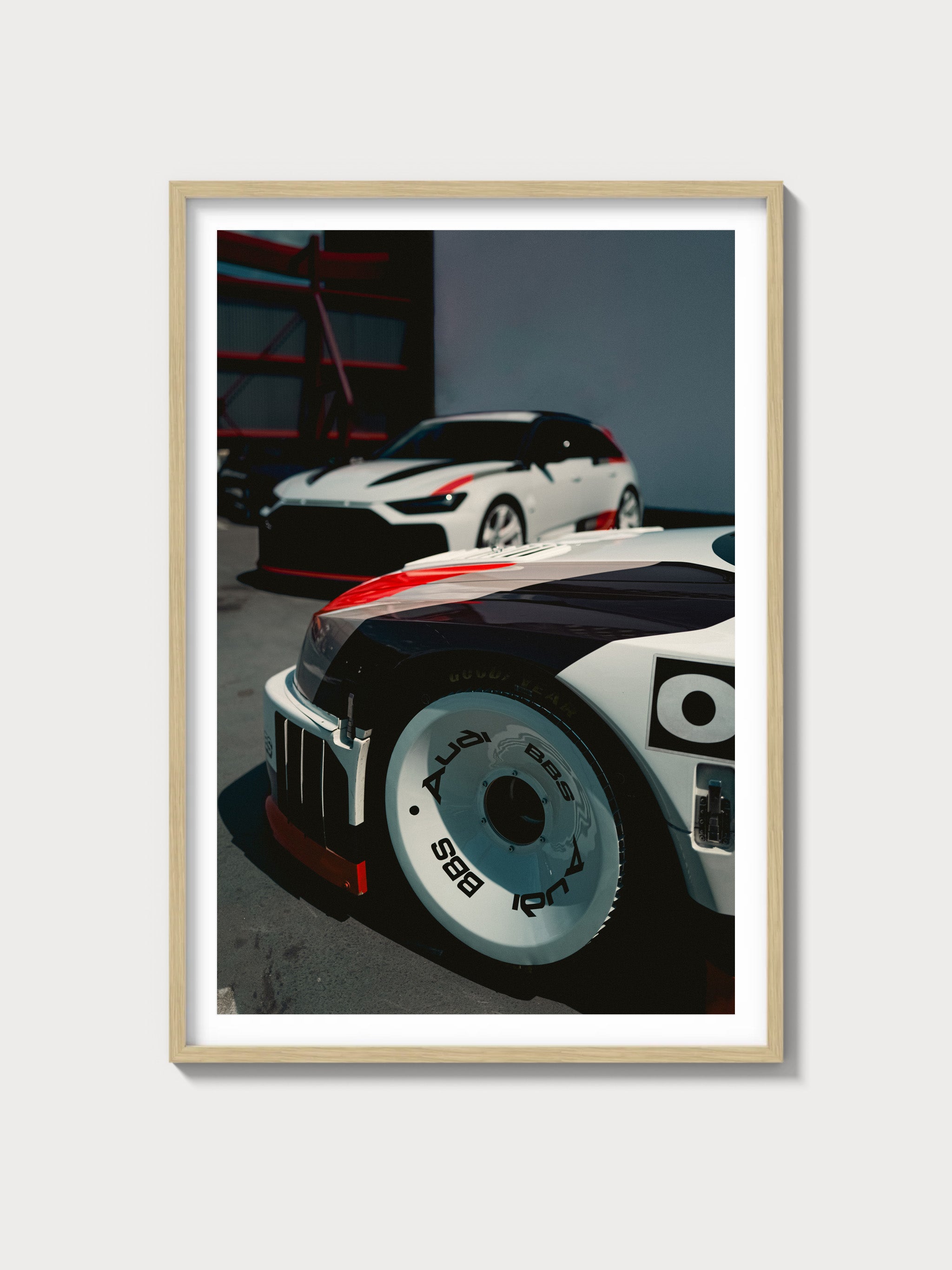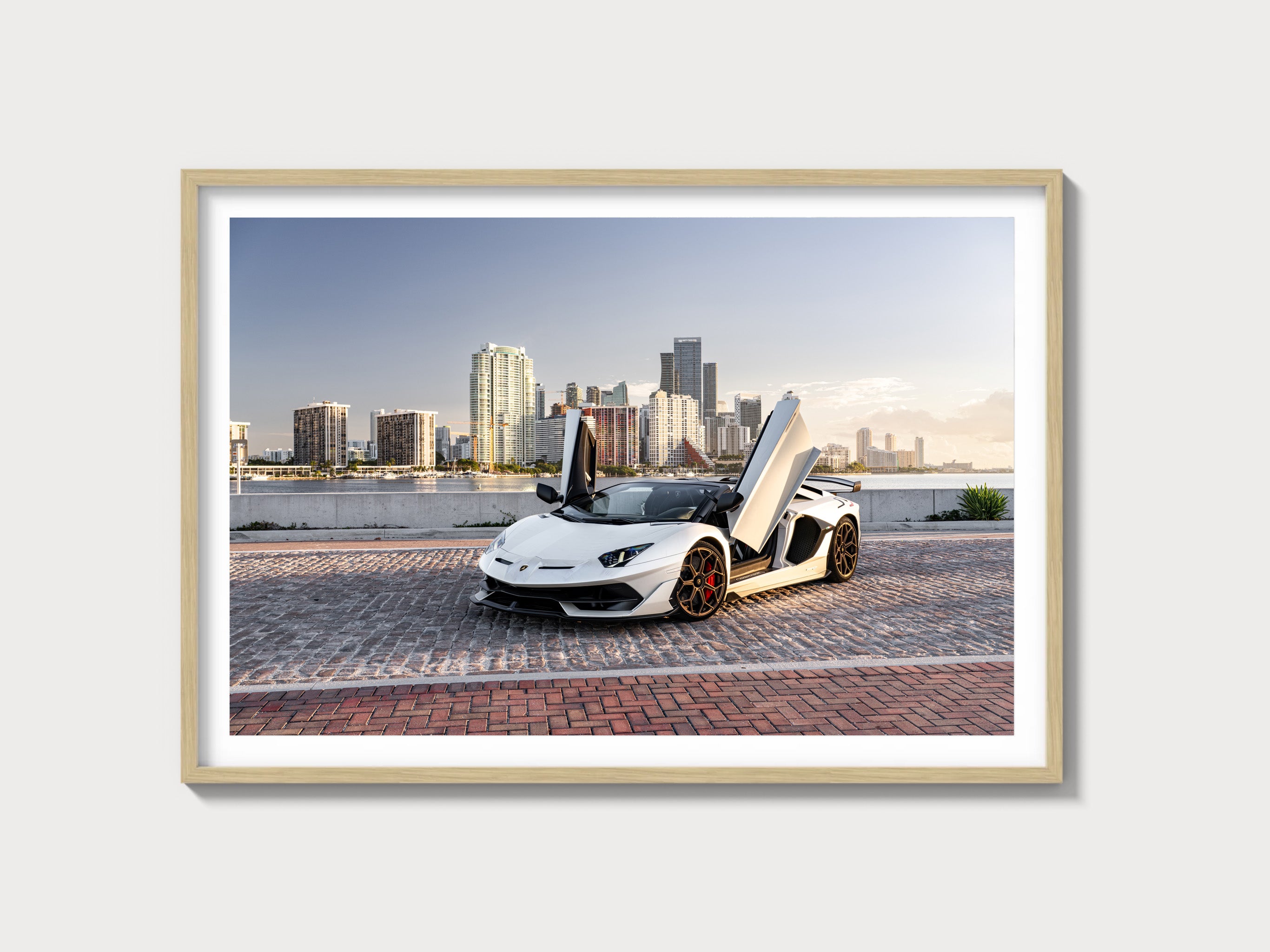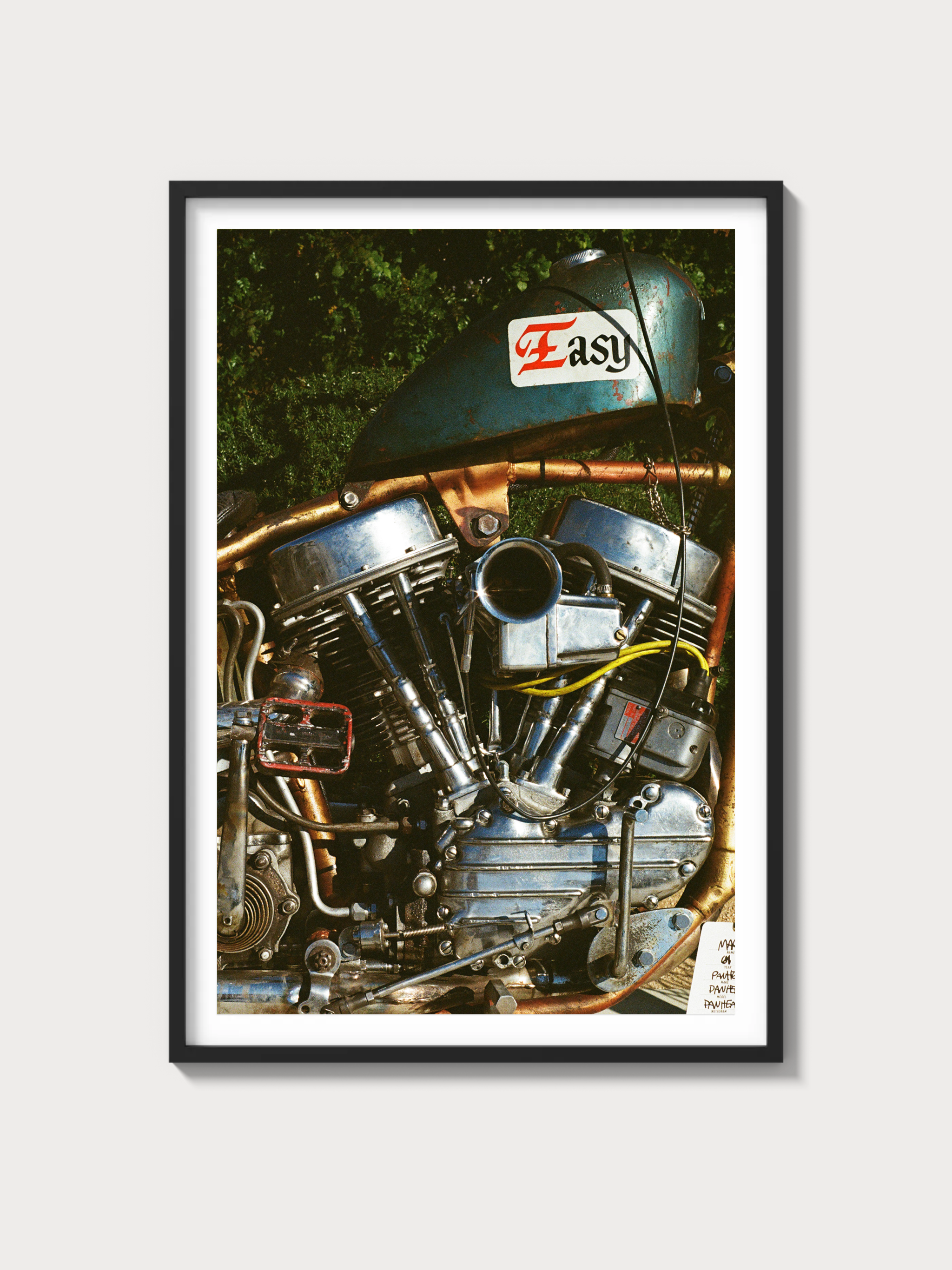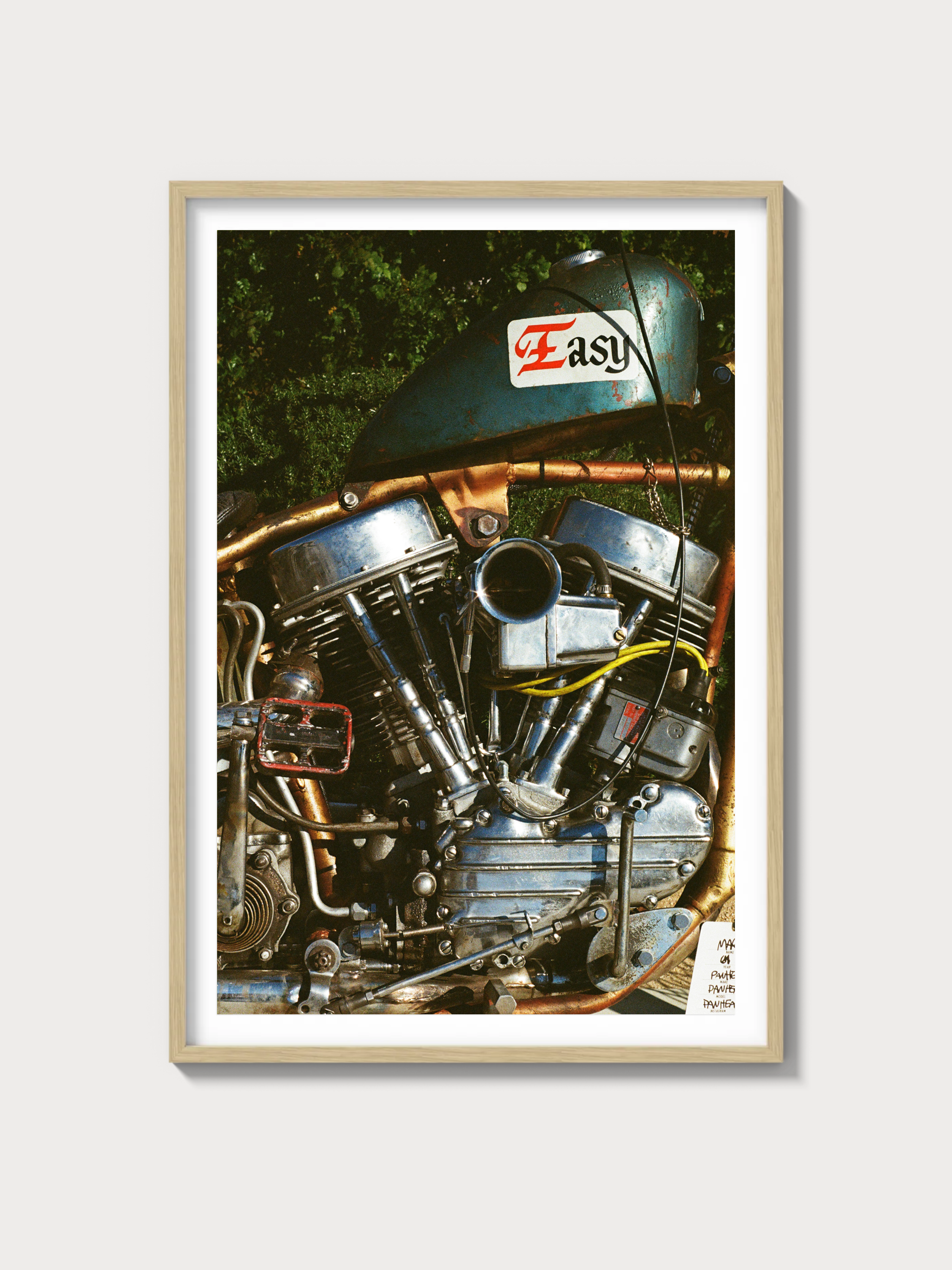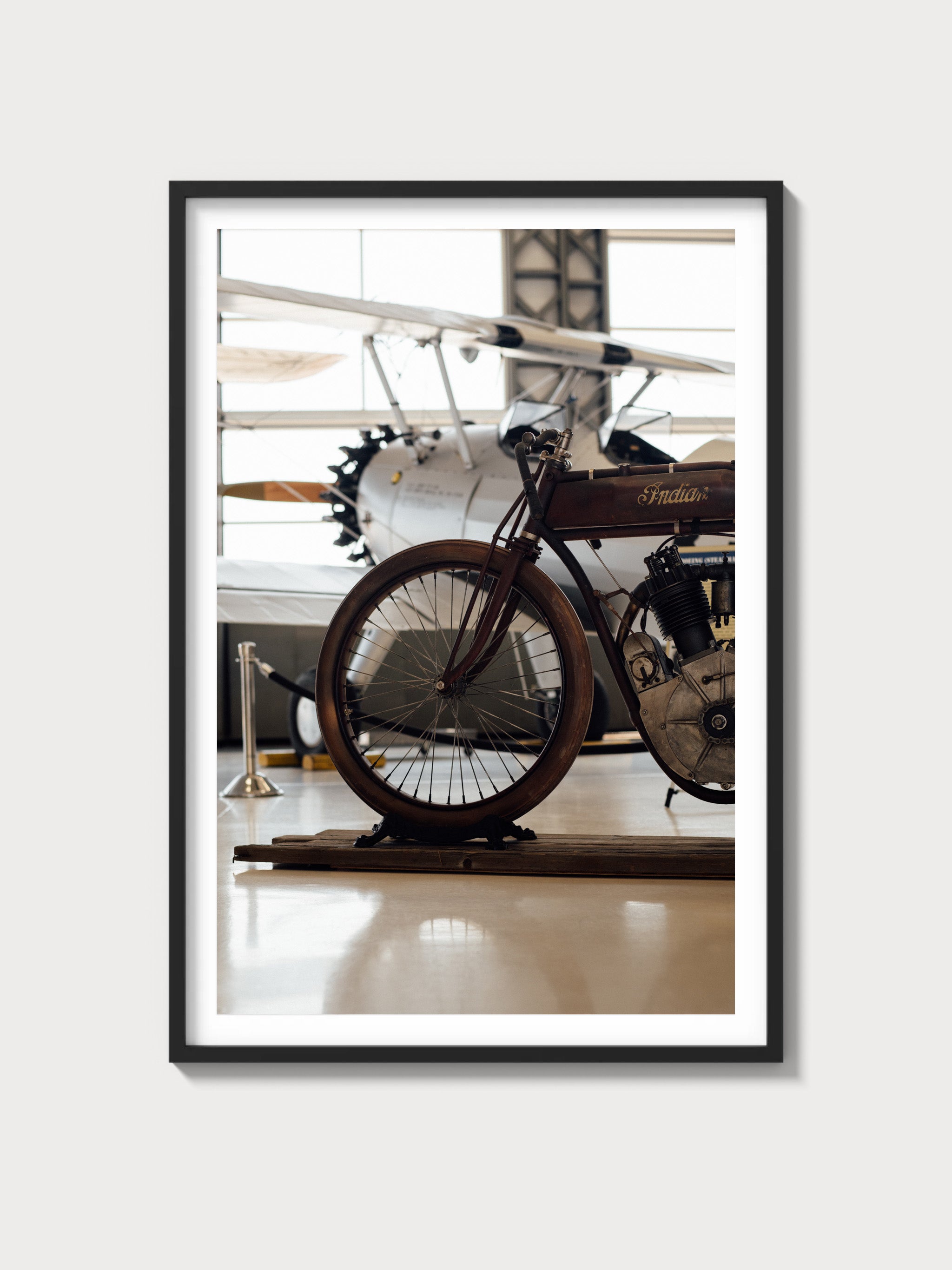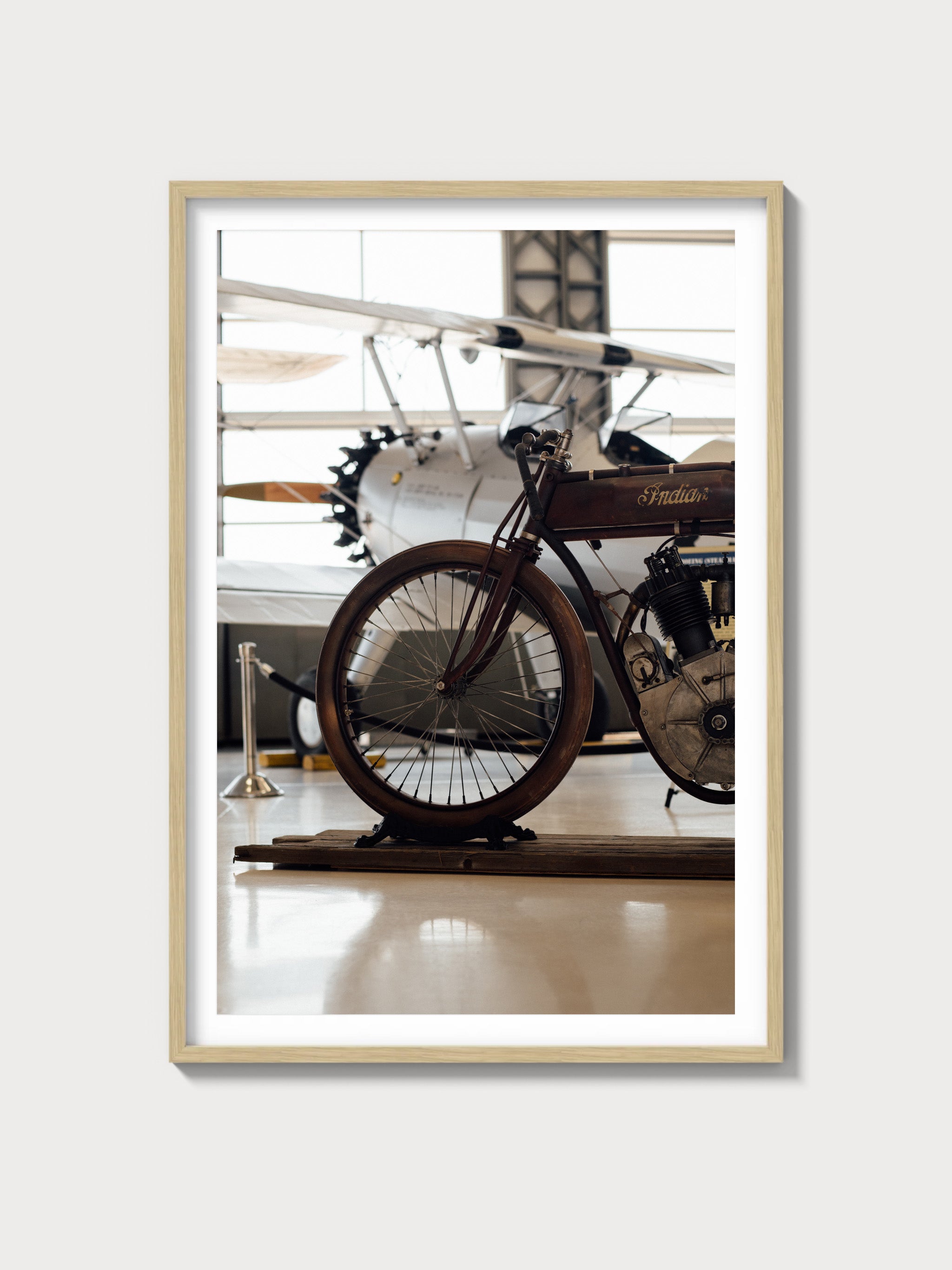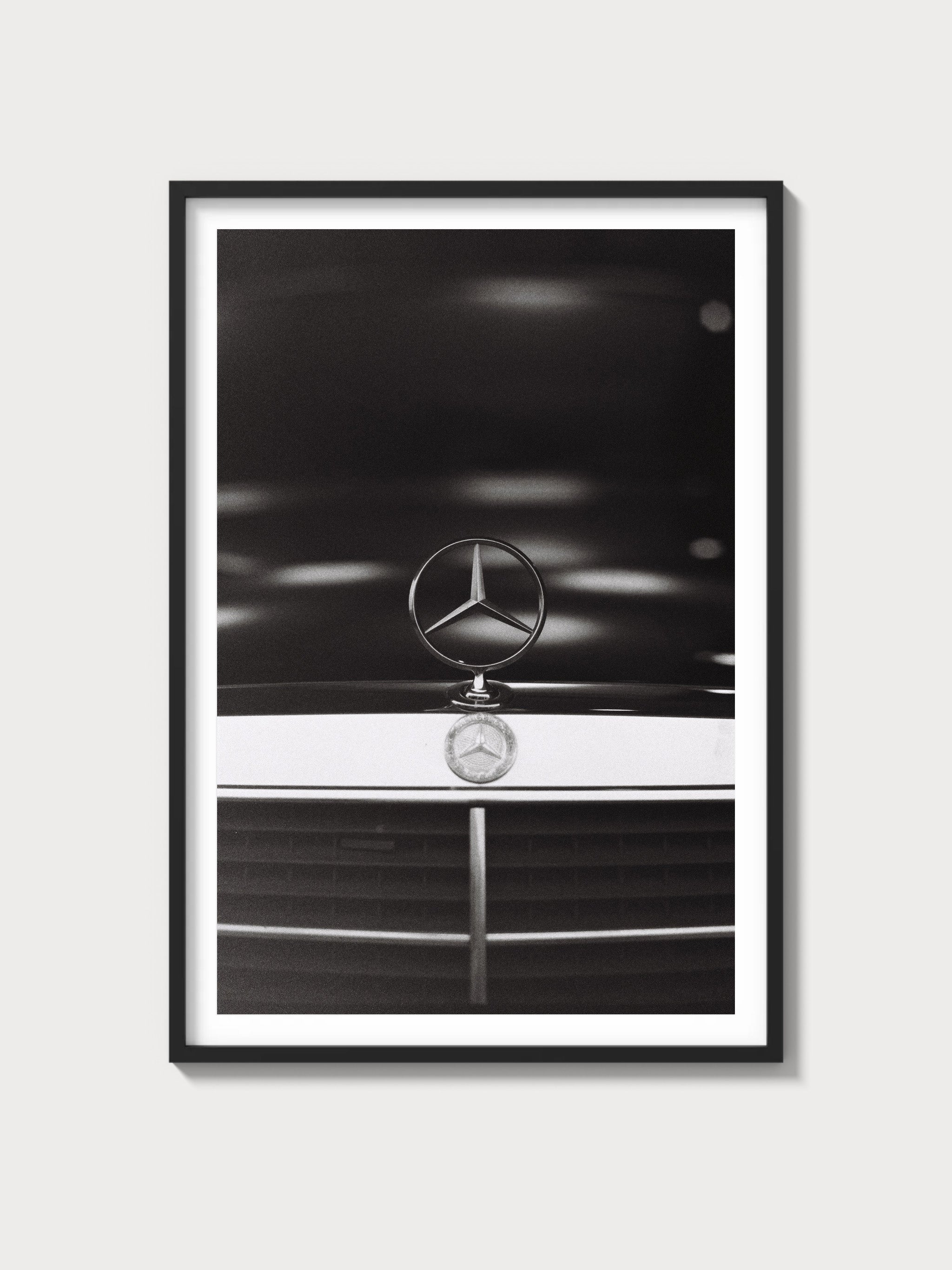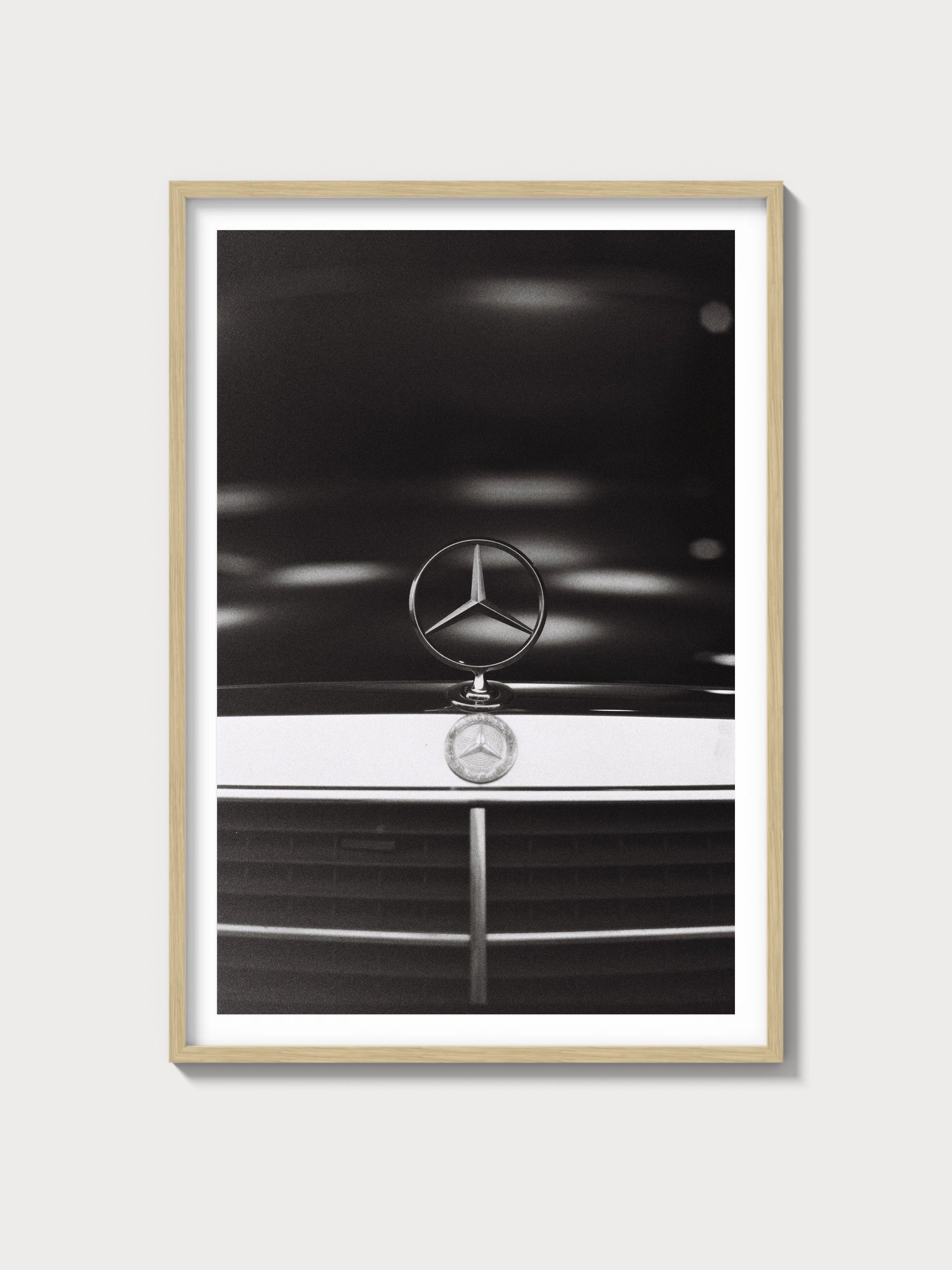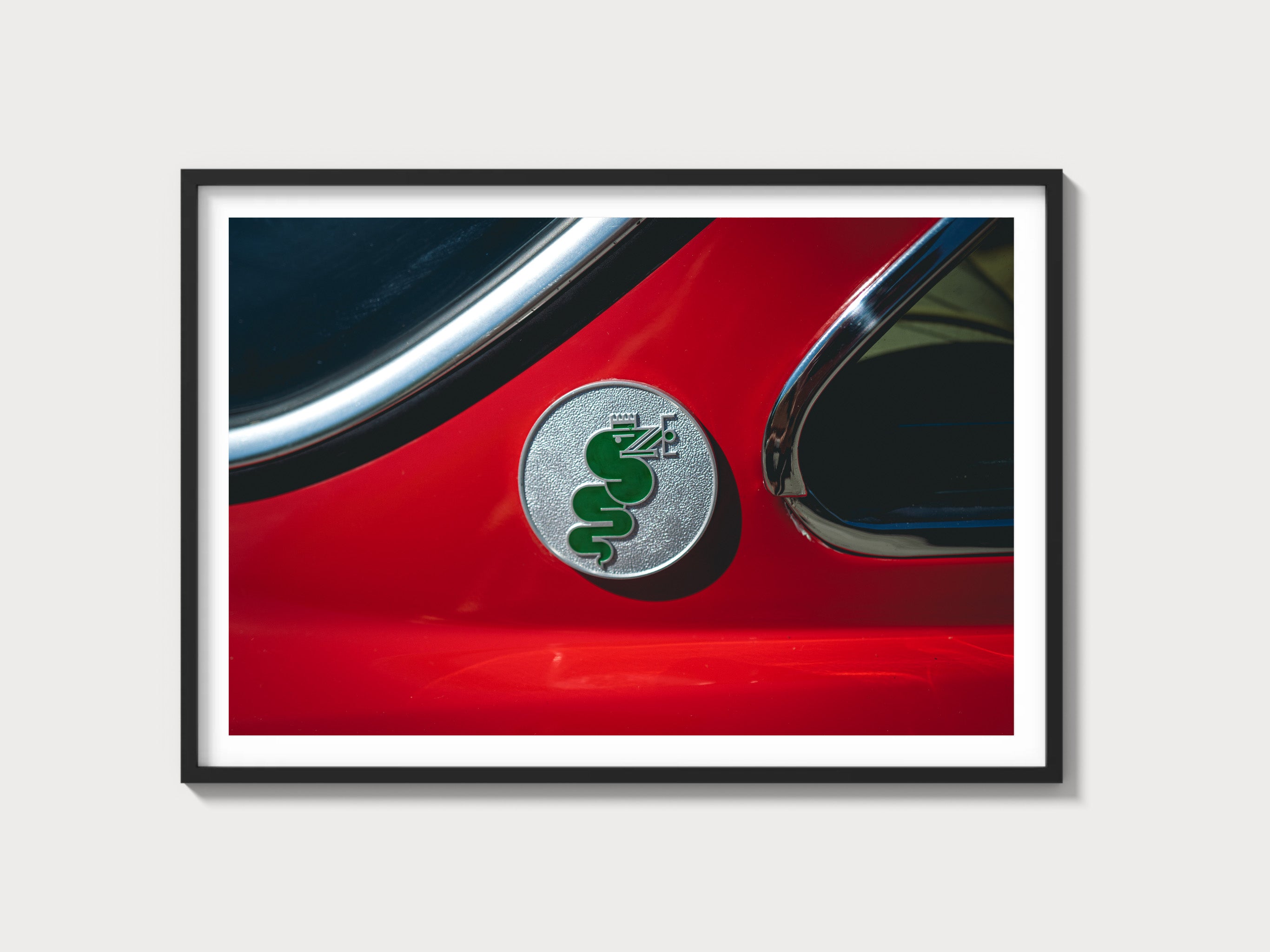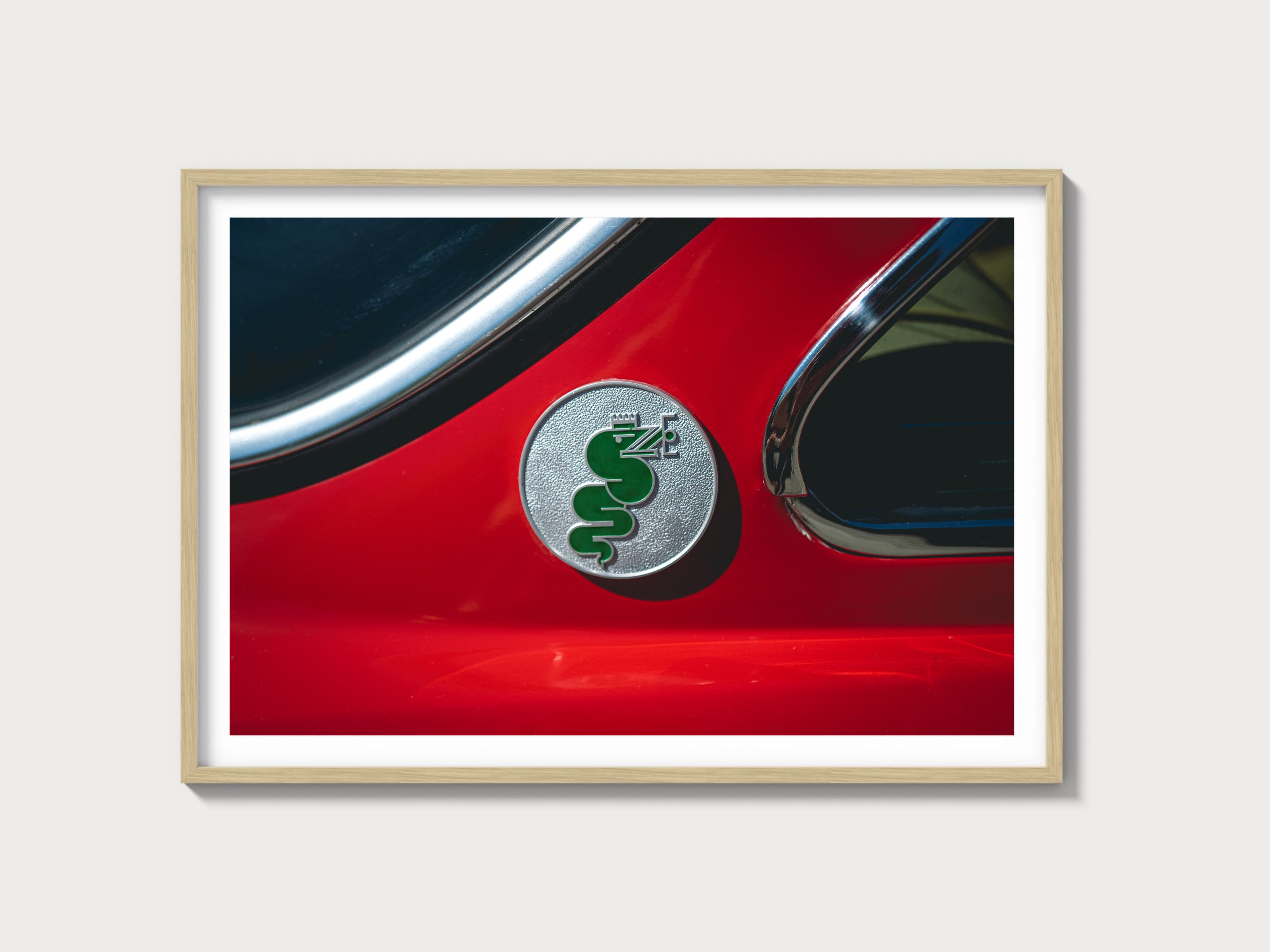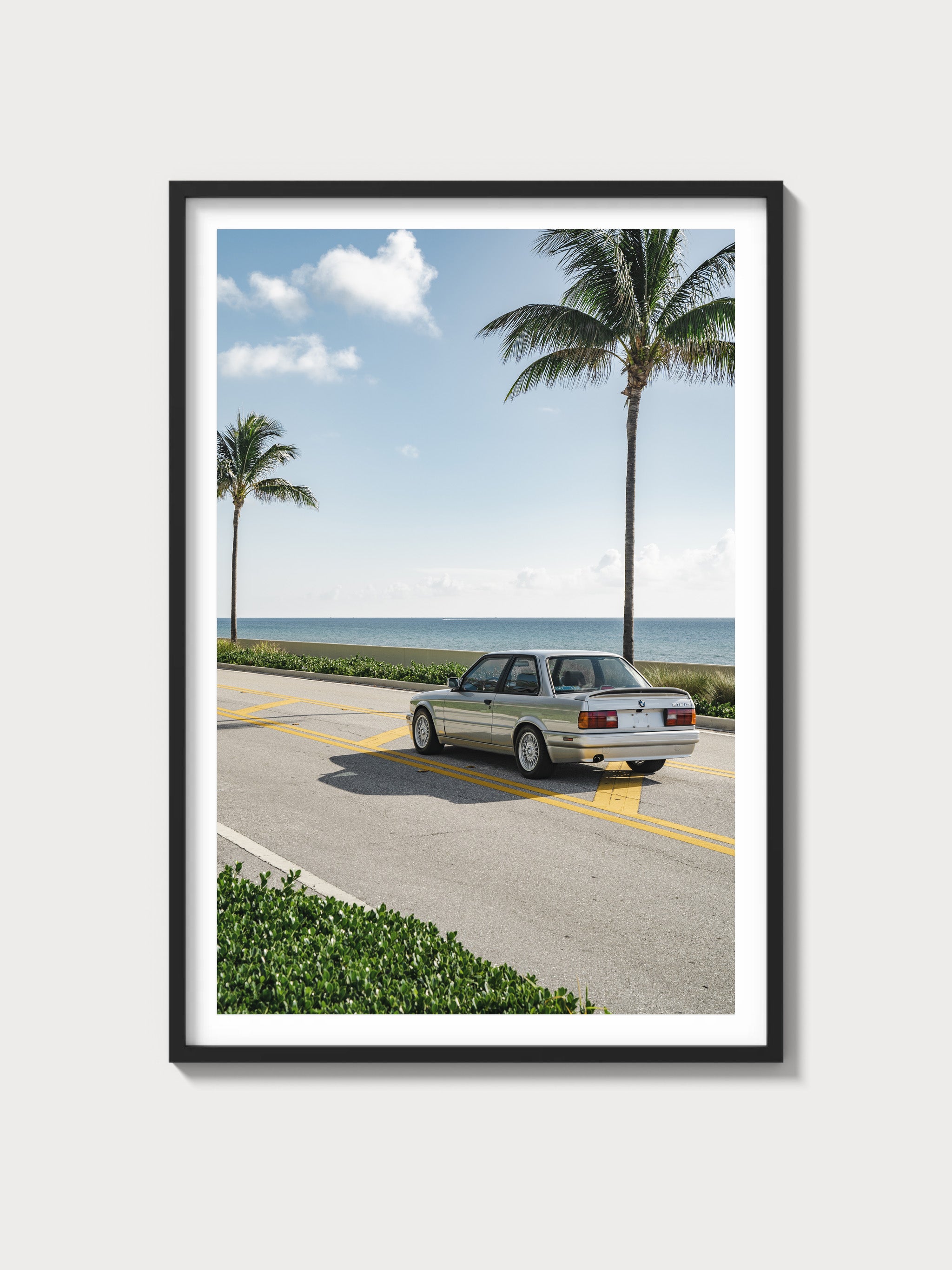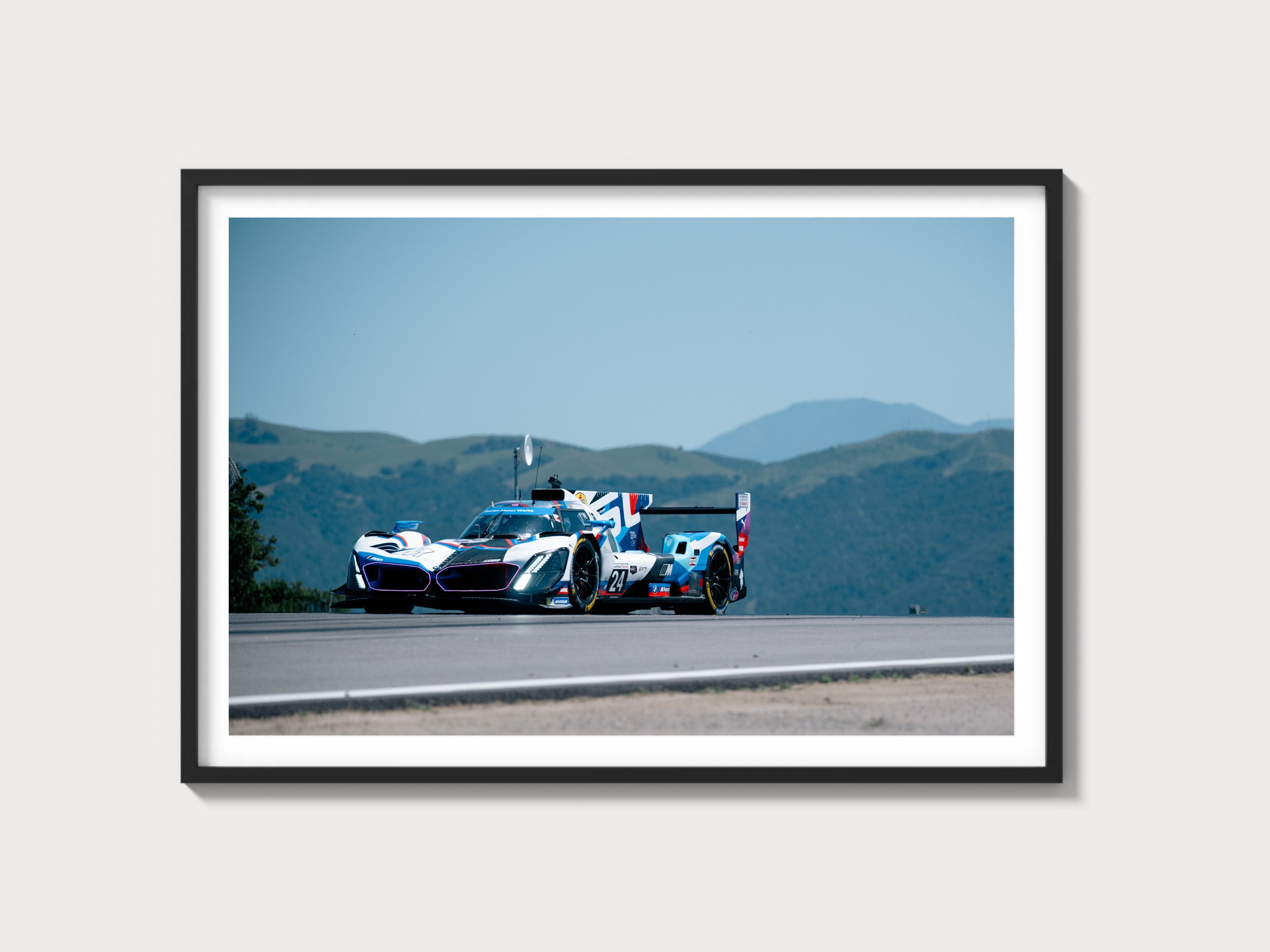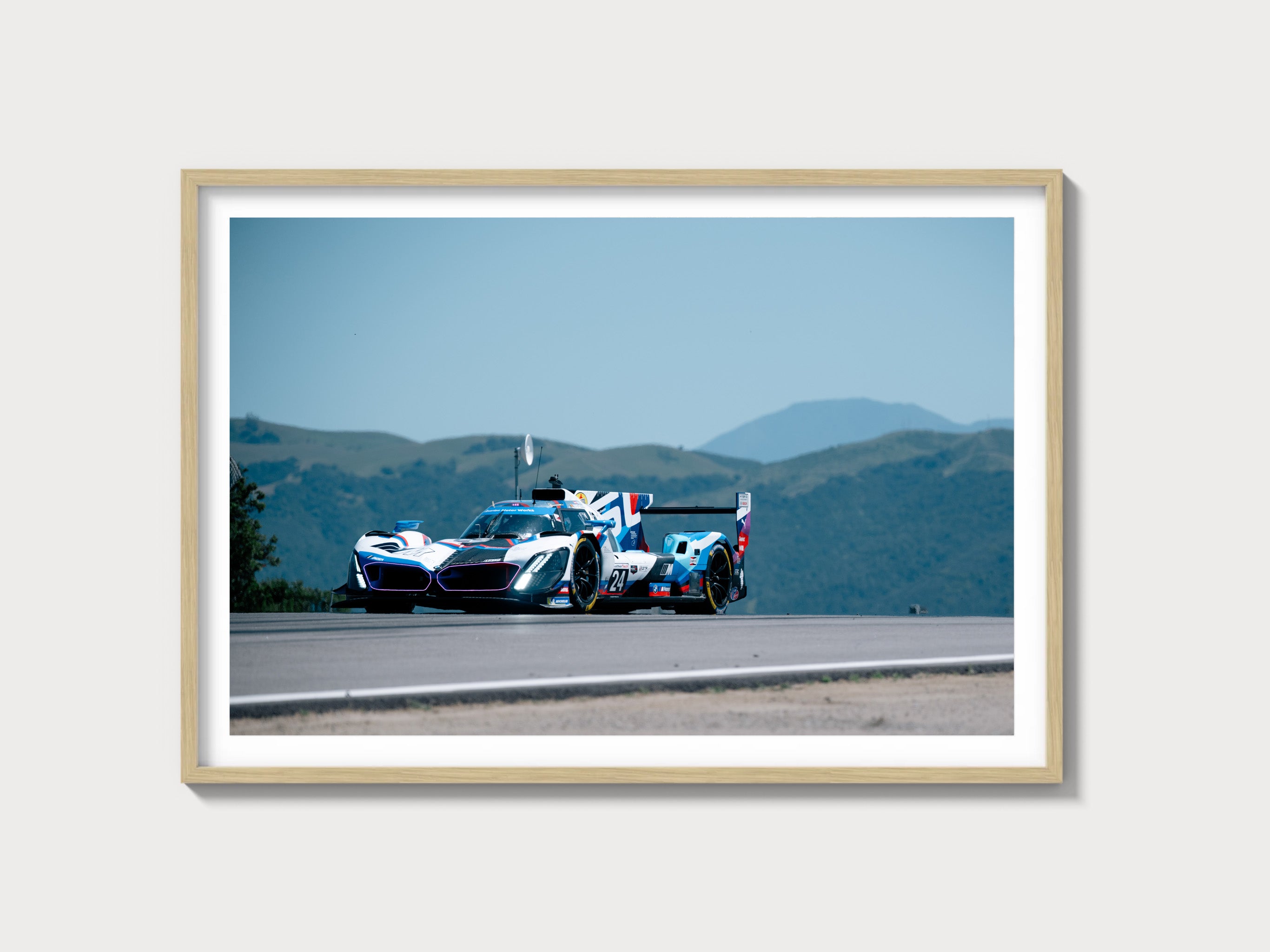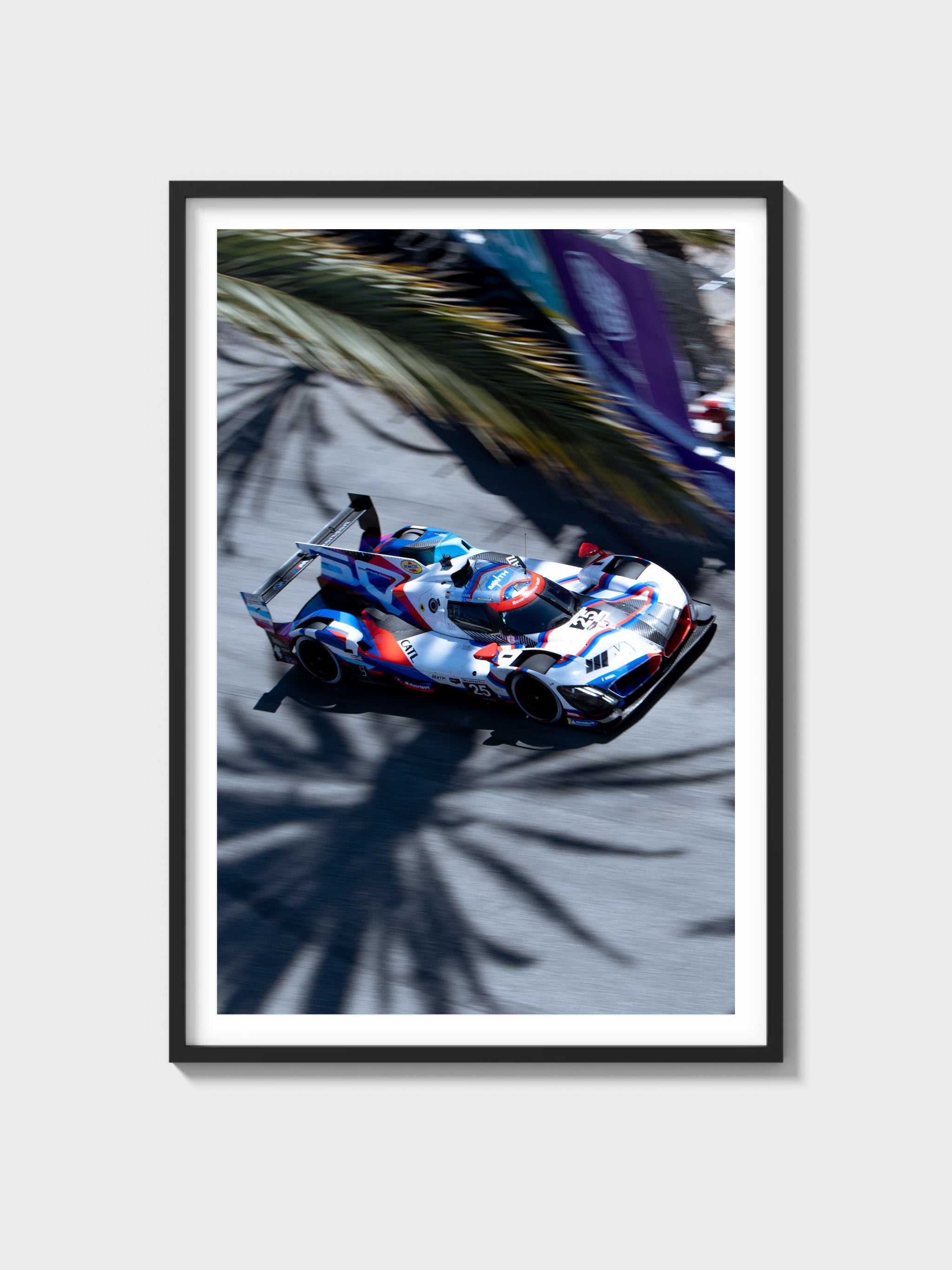1977 Chevrolet Monza (Mirage and Spyder) — 1st Gen Deep-Dive
Historical Context and Development Background
Chevrolet’s Monza arrived as the upmarket member of GM’s H-body family, sharing its basic architecture with the Vega but wearing more formal, European-influenced sheetmetal. The car was conceived at the height of GM’s rotary-engine optimism; when the in-house twin-rotor program was cancelled, Chevrolet re-engineered the bay to accept conventional powerplants, including the small-block V8. That decision shaped the Monza’s character: compact dimensions, rear-wheel drive, and the option of a torquey V8 in a lightweight shell.
By 1977, the Monza line had expanded into multiple body styles (2+2 hatchback, notchback, and the “Towne Coupe”) and multiple personalities. Two high-visibility appearance packages defined the enthusiast-facing narrative:
- Mirage (1977 only): A Chevrolet-backed, dealer-delivered package executed by Michigan Auto Techniques (MAT) featuring urethane wheel-arch flares, deep front air dam, rear spoiler, and distinctive red/blue striping on white paint. It was an homage to the wide-arched IMSA GT Monzas built by DeKon Engineering that dominated American road racing mid-decade under drivers such as Al Holbert.
- Spyder: A sport/graphics package that brought blackout trim, spider emblem graphics, striping, sport instrumentation/steering wheel, and—when so optioned—heavier-duty suspension with front and rear anti-roll bars. Mechanically it mirrored the broader Monza range.
In the showroom, the Monza squared off against the Ford Mustang II (particularly the Cobra II and King Cobra packages), as well as its GM H-body siblings (Buick Skyhawk, Olds Starfire, Pontiac Sunbird). The Mirage’s IMSA-inspired look gave Chevrolet’s compact coupe genuine motorsport sheen at a time when emissions and economy regulations tempered outright performance.
Engines and Technical Specifications
The 1977 Monza lineup offered three primary engines. The Mirage and Spyder packages did not mandate a specific powerplant; the small-block 305 V8 was the charismatic choice and the one most associated with period press coverage and enthusiast memory.
| Engine | Configuration | Displacement | Horsepower (net) | Induction | Redline | Fuel System | Compression | Bore x Stroke |
|---|---|---|---|---|---|---|---|---|
| Chevrolet small-block V8 | 90° OHV V8, iron block/heads | 305 cu in (5.0 L) | 145 hp (typical 2-bbl rating for 1977 Monza) | Naturally aspirated | Approx. 5,000 rpm | 2-barrel carburetor | ~8.5:1 | 3.736 in x 3.48 in |
| Buick V6 | 90° OHV V6, iron block/heads | 231 cu in (3.8 L) | Around 110 hp (1977 spec) | Naturally aspirated | Approx. 5,000 rpm | 2-barrel carburetor | ~8.0:1 | 3.80 in x 3.40 in |
| Chevrolet inline-four ("Dura-Built 140") | SOHC inline-4, aluminum block/iron head | 140 cu in (2.3 L) | Mid-80s hp (1977 spec) | Naturally aspirated | Approx. 5,600 rpm | 2-barrel carburetor | ~8.0:1 | 3.50 in x 3.62 in |
Transmissions included a Saginaw 4-speed manual for sixes and V8s, a Borg-Warner T-50 5-speed paired with the four-cylinder, and a 3-speed Turbo-Hydramatic automatic (V8 applications commonly received the heavier-duty unit). The chassis was classic GM compact: unequal-length A-arms with coils up front, and a live axle located by a torque arm and trailing links with coils at the rear. Power front discs and rear drums were standard across performance-oriented builds, with larger anti-roll bars available in the handling packages.
Driving Experience and Handling Dynamics
A well-sorted 1977 Monza with the V8 has an immediately familiar small-block cadence backed by modest carburetor response. Even with the two-barrel, the 305 supplies usable midrange torque that suits the 2+2’s gearing. The Saginaw 4-speed is long of throw but positive when fresh; the T-50 5-speed behind the four-cylinder is more delicate but lends relaxed cruising thanks to its overdrive top gear. Automatic cars lean into the engine’s torque curve and feel quieter, if less involved.
The H-body’s steering—recirculating-ball with optional quick ratio—delivers pleasing accuracy off-center, though a nose-heavy V8 Mirage or Spyder will push when hustled on period 13- or 14-inch tires. Opting for the handling package with front and rear anti-roll bars markedly sharpens response and reduces roll. Ride quality is supple on stock springs; the short wheelbase and relatively light structure telegraph surface changes, but the chassis rewards smooth inputs over brute force. Braking is adequate for the era; sustained downhill work can provoke fade if the system isn’t perfectly maintained.
Underhood serviceability is quintessential H-body lore: early small-block installations were tight enough near the firewall that access to the rear spark plugs could be frustrating; service procedures and minor running changes alleviated the worst of it, but careful plug selection and proper heat shielding remain smart ownership practice.
Performance Specifications (Period-typical)
| Metric | 1977 Monza 5.0 V8 (Mirage/Spyder comparable) |
|---|---|
| 0–60 mph | ~10.0–10.5 seconds (reported in period tests of V8 Monza 2+2) |
| Quarter-mile | ~17.5–18.0 sec (period road tests) |
| Top speed | ~105–110 mph (gearing and conditions dependent) |
| Curb weight | ~2,900–3,000 lb (V8 hatchback) |
| Layout | Front-engine, rear-wheel drive |
| Brakes | Power-assisted front discs, rear drums |
| Suspension | F: unequal-length A-arms, coils, anti-roll bar (opt); R: live axle with torque arm, trailing links, coils, anti-roll bar (opt) |
| Gearbox | 4-speed manual (V6/V8), 3-speed automatic (V6/V8); 5-speed manual (I4) |
Note: Figures reflect widely reported period results for comparable Monza 2+2 V8s; Mirage and Spyder packages were primarily cosmetic/handling and did not confer unique powertrain output.
Variant Breakdown (1977 Focus)
| Variant | Production (1977) | Key Features | Engines | Market |
|---|---|---|---|---|
| Mirage (MAT dealer-delivered) | 4,097 units (commonly cited) | White-only paint with red/blue stripes and "Mirage" scripts; urethane wheel flares, deep front air dam, rear spoiler; IMSA-inspired look; standard Monza interiors/wheels | I4, V6, or 5.0L V8 depending on customer order | United States (limited Canadian presence via dealers) |
| Spyder (appearance/handling package) | Not officially published for 1977 | Blackout trim, spider hood emblem and side scripts, contrasting striping; sport wheel/instruments; available front/rear anti-roll bars and uprated shocks | I4, V6, or 5.0L V8 | United States/Canada |
Mirage production was confined to the 1977 model year; MAT completed the bodywork/graphics after cars left Chevrolet assembly. Spyder availability spanned multiple years in the first-generation Monza run; 1977 examples are identifiable by their specific graphics set and option content.
Ownership Notes: Maintenance, Parts, and Restoration
- Rust and body: Typical H-body corrosion points include wheel arches, lower quarters, rocker panels, hatch surrounds, and windshield base. Mirage urethane components are unique; intact original flares and spoilers are prized and not trivial to source. Repairing urethane requires correct flexible fillers and primers.
- Powertrain service: Small-block parts support is excellent; the 305’s emissions-era calibration benefits from meticulous ignition timing, carburetor setup, and intact heat risers. Buick’s 231 V6 is durable if cooling and ignition are healthy. The aluminum 2.3 “Dura-Built 140” prefers clean cooling systems and careful warm-up.
- Chassis and brakes: Inspect torque-arm bushings, rear control arm bushings, front lower control arm bushings, and steering box lash. Period brake fade is mitigated with proper shoes/pads, drum adjustment, and fresh hydraulics.
- Service intervals (period typical): Oil and filter at conservative 3,000–5,000 miles; ignition tune (plugs, points where applicable) ~12,000 miles; coolant biennially; brake fluid periodically. V8 plug access is tight near the firewall—heat shields and the correct plug wrench matter.
- Parts availability: Mechanical and trim for standard Monza models remain findable via GM specialists and salvage channels; Mirage-specific body/graphics are specialty items and should be budgeted accordingly.
- Restoration difficulty: Driveline straightforward; sourcing Mirage-correct pieces and achieving factory-accurate stripe placement is the bigger challenge. Documentation (window sticker, dealer paperwork noting MAT delivery) adds credibility.
Cultural Relevance and Legacy
The Mirage was Chevrolet’s showroom wink to DeKon’s IMSA GT Monzas—wide-bodied, snarling road racers that embarrassed larger machinery on America’s road courses. That connection gives the Mirage unusual gravitas among compact domestics of the era. The Spyder, meanwhile, was Chevrolet’s way of keeping the Monza visually fresh and enthusiast-facing, analogous to Ford’s Cobra II strategy on the Mustang II.
Media and marketing pieces of the time leaned into this motorsport aura, and the cars have since become cult favorites: Mirages are the most visible at shows due to their singular livery, while Spyders attract those who prefer period graphics without the widebody addenda. Among collectors of American compacts, an authentic, unmolested Mirage commands a premium over otherwise similar Monzas; originality of the body kit, stripes, and documentation are the major value drivers. Public sales archives have recorded restored Mirages achieving strong results relative to standard Monzas, with driver-grade examples trading more modestly.
FAQs
Was the 1977 Monza Mirage a factory option or dealer package?
Chevrolet promoted the Mirage, but the physical conversion was executed by Michigan Auto Techniques after the cars left Chevrolet assembly. Buyers ordered through Chevrolet dealers and took delivery through the dealer network.
Did the Mirage include performance upgrades?
It was primarily an appearance/aero package. Buyers could combine it with available Monza handling options; engines and gearboxes were the same as the broader Monza lineup.
What engines were most common in the Mirage?
All 1977 Monza engines were available; the 5.0L small-block V8 is most closely associated with the Mirage in period coverage and enthusiast circles.
How quick is a 1977 Monza 5.0?
Period tests of V8 Monza 2+2s report roughly 0–60 mph in the low tens and quarter-mile times in the high 17s, with top speeds just north of 100 mph, depending on gearing and conditions.
Known problem areas?
Body rust in typical H-body locations; aged suspension bushings; brake fade if neglected; tight V8 plug access near the firewall; deteriorated Mirage urethane flares/spoilers if exposed to the elements.
How can I verify a real Mirage?
Look for period paperwork showing dealer delivery through the Mirage program, consistent white paint under trim, correct urethane components and tri-color striping, and period brochures matching the car’s details. Many cars have been cloned; documentation helps.
What’s the difference between Spyder and Mirage?
Spyder is a Chevrolet appearance/handling package with graphics and blackout trim available across multiple years; Mirage is a 1977-only, MAT-executed widebody look with white paint and red/blue striping.
Are parts still available?
Mechanical components are widely supported. Mirage body and graphics pieces are specialty items; sourcing originals or high-quality reproductions requires patience.

